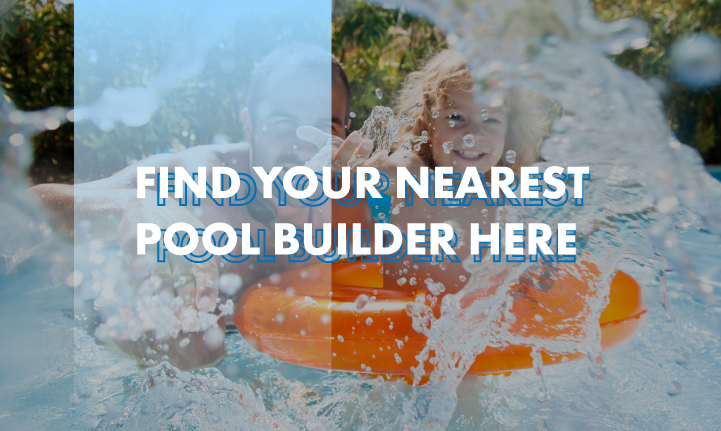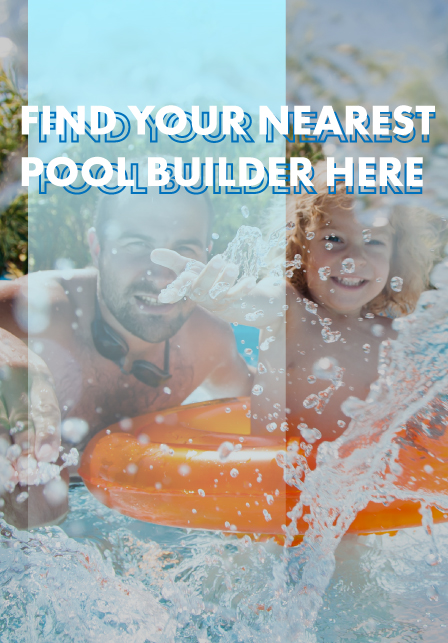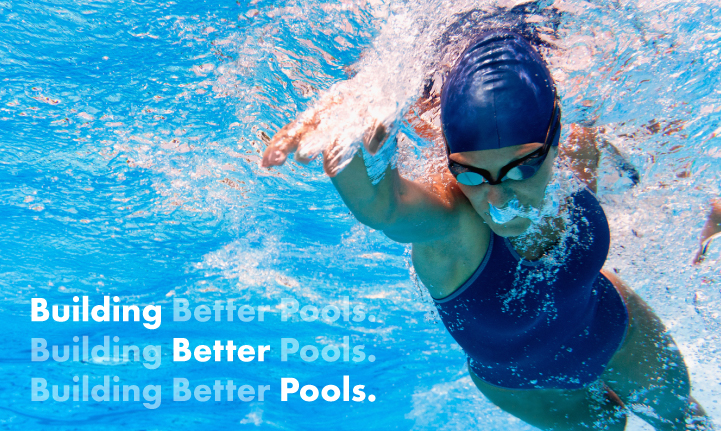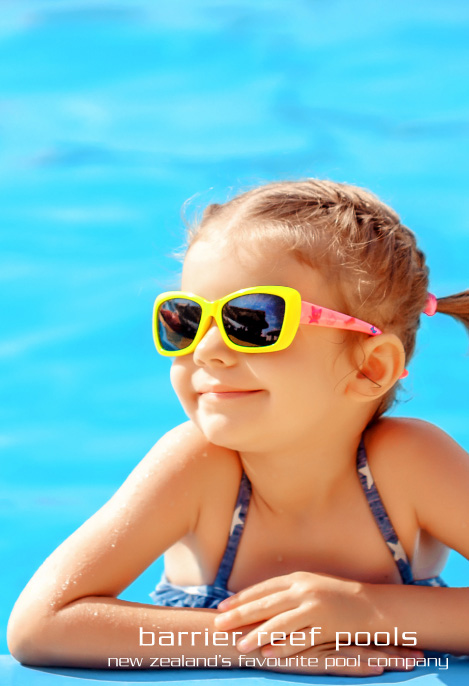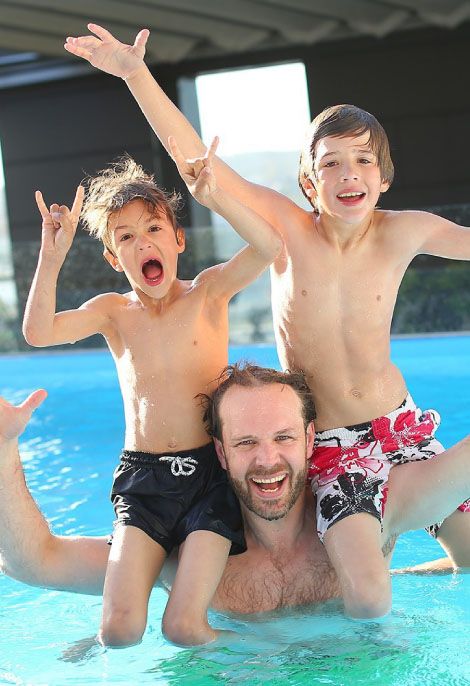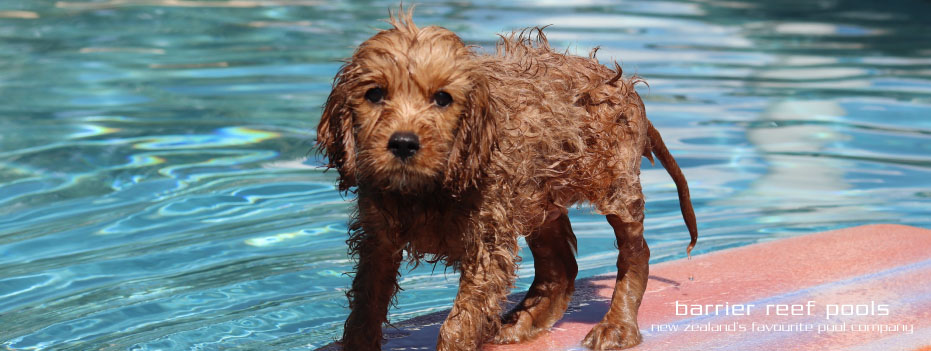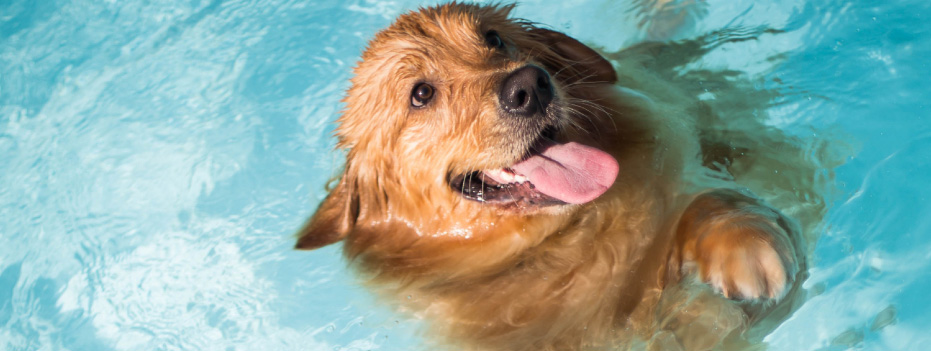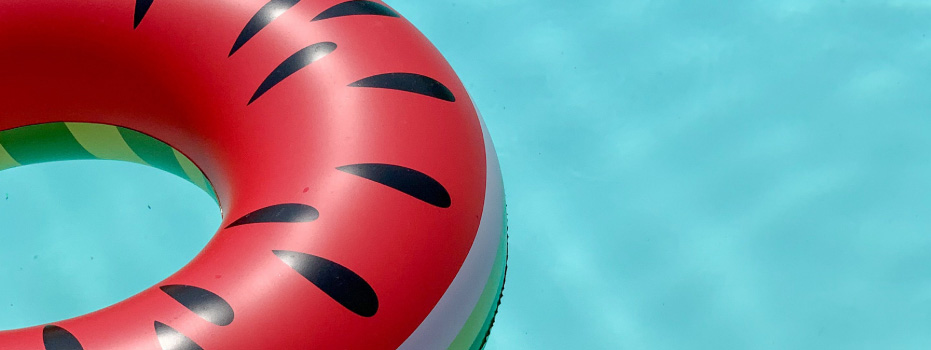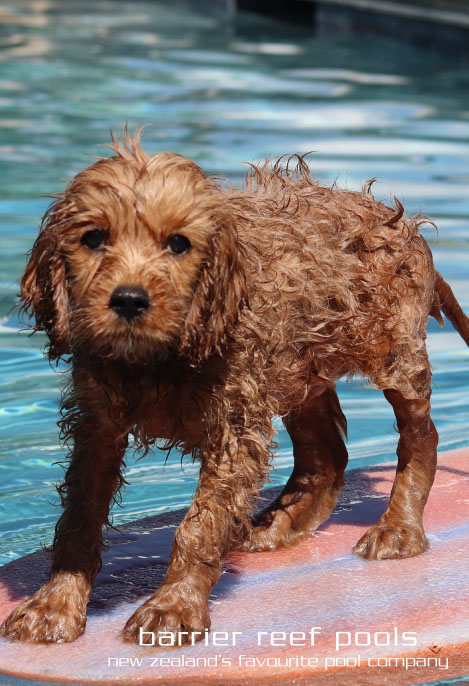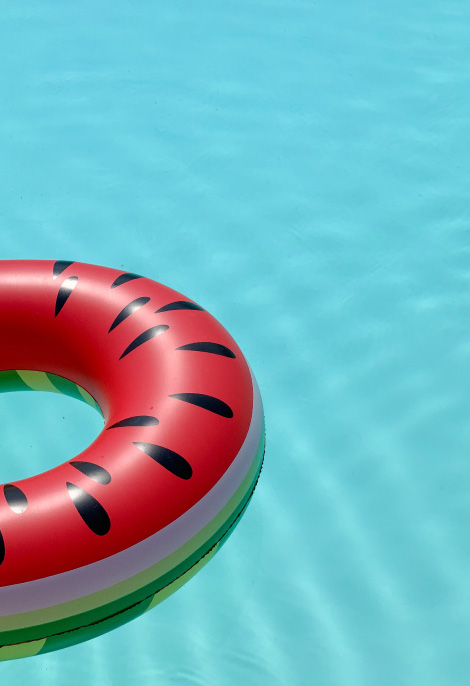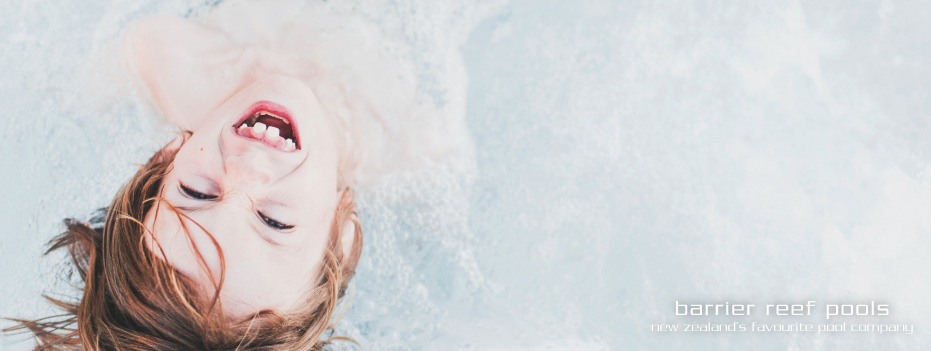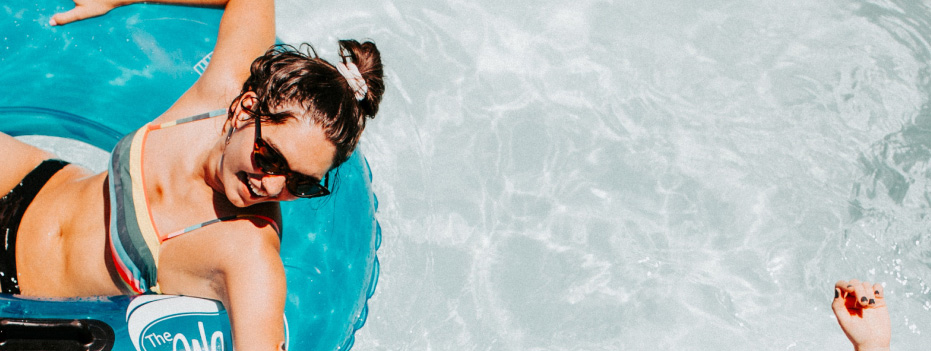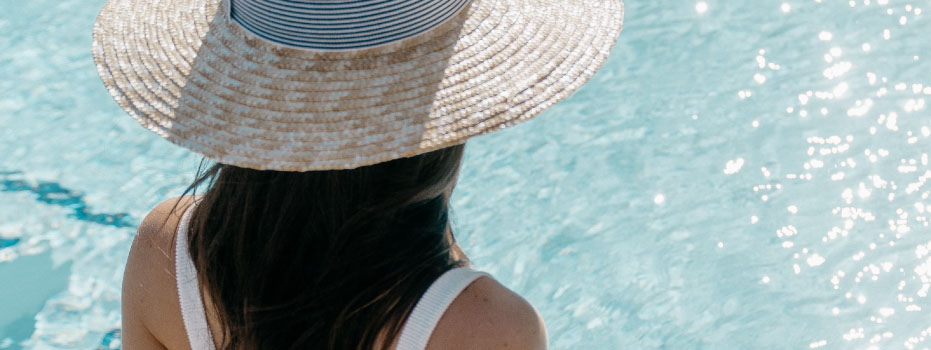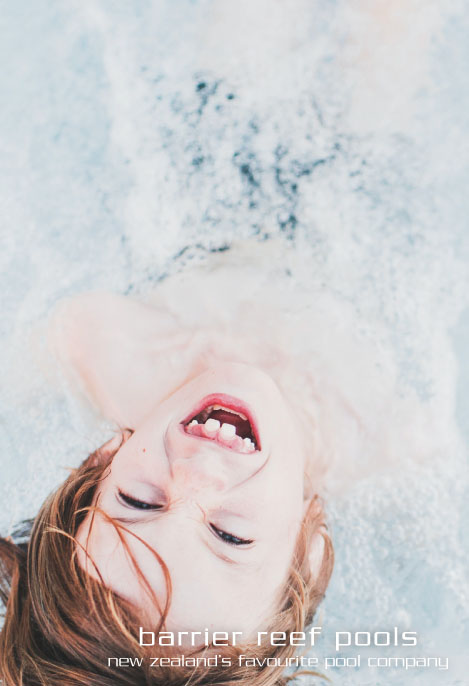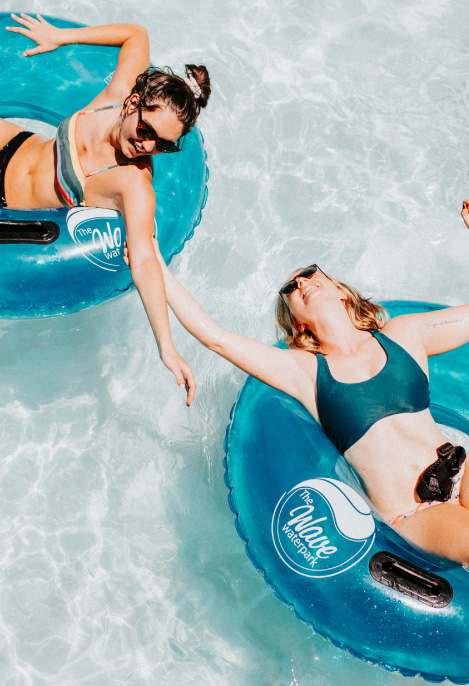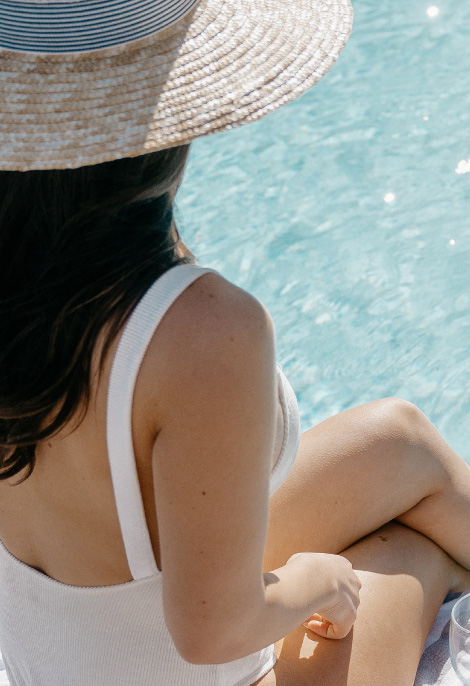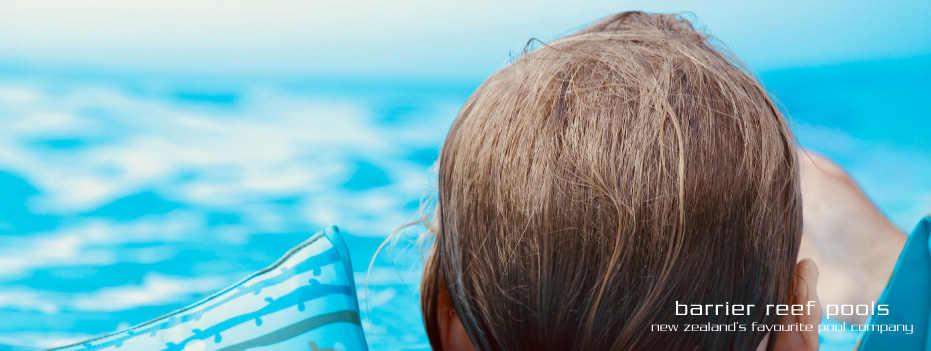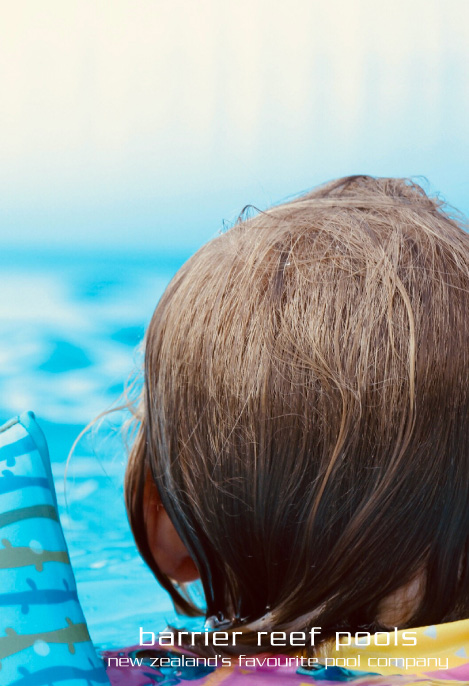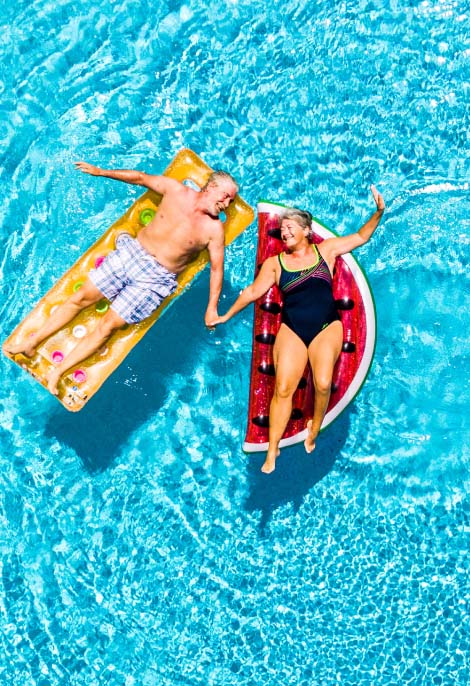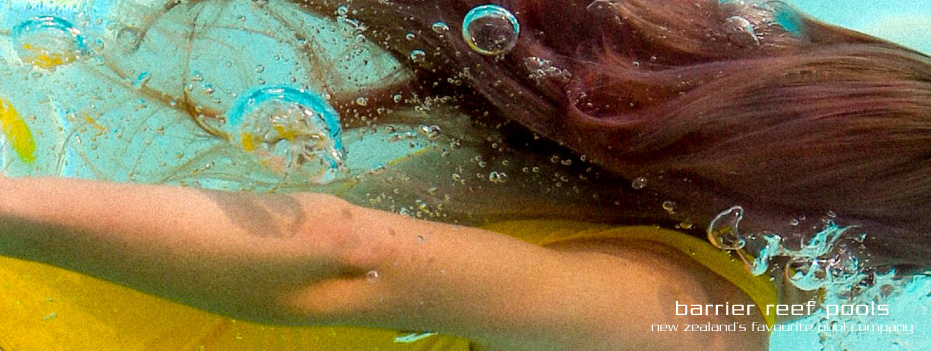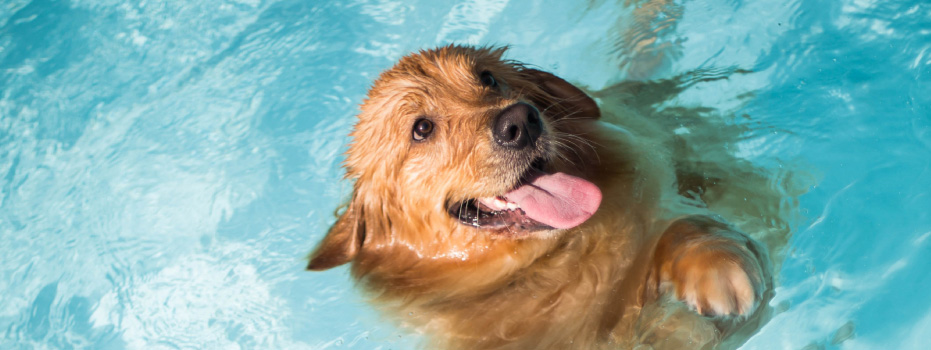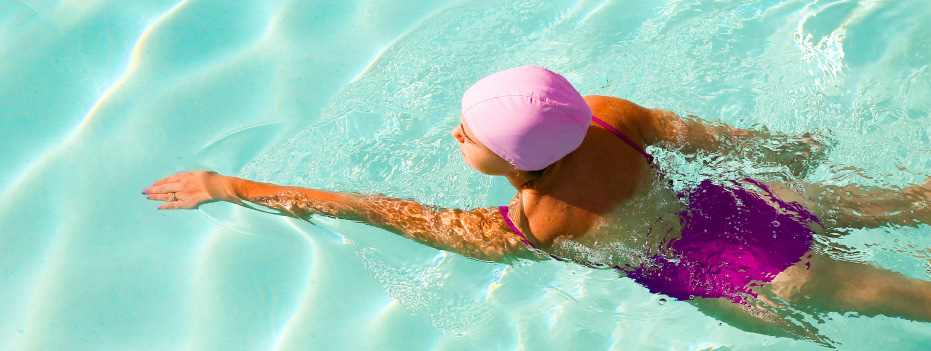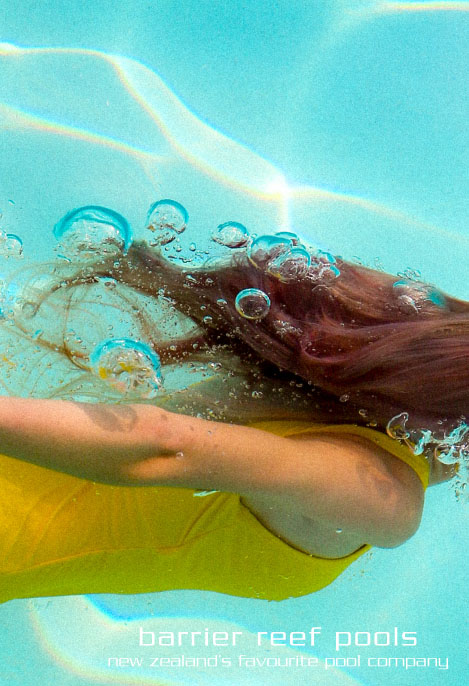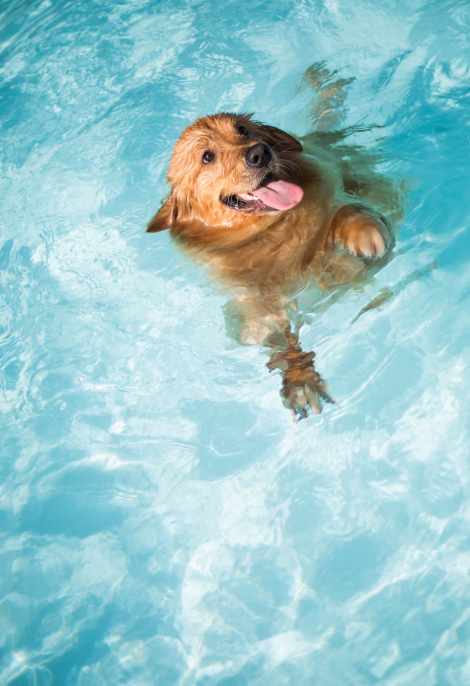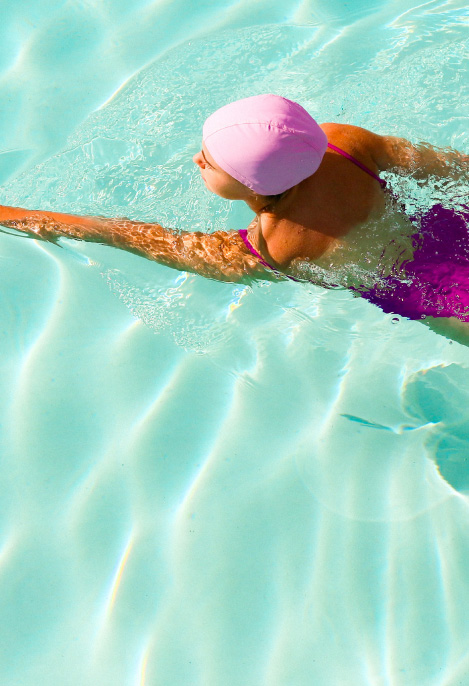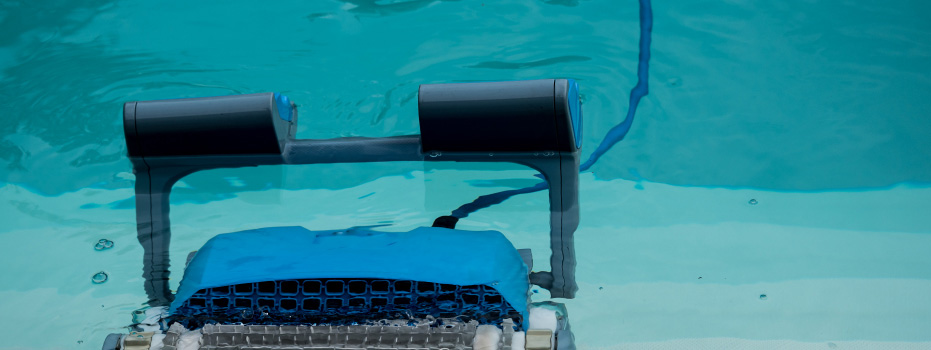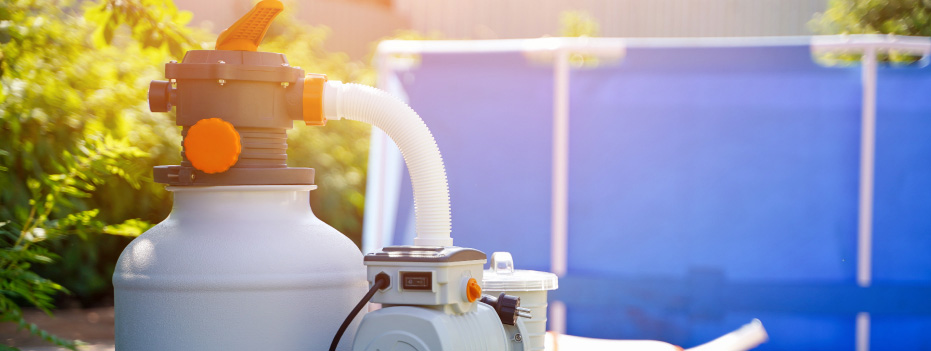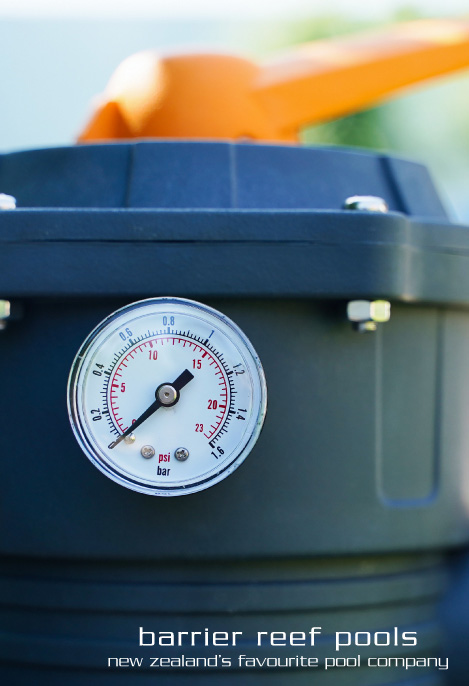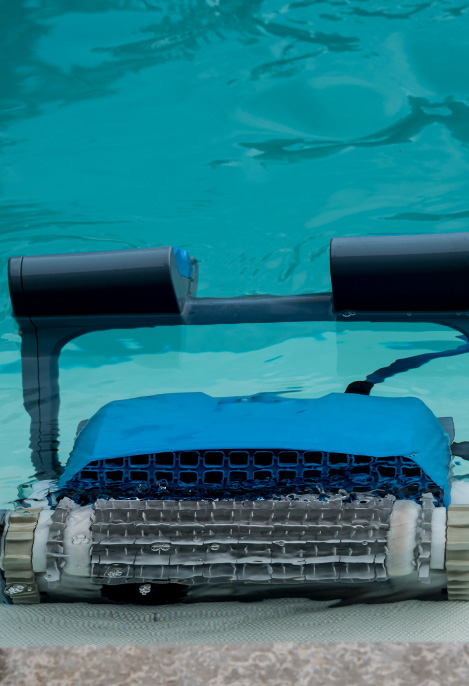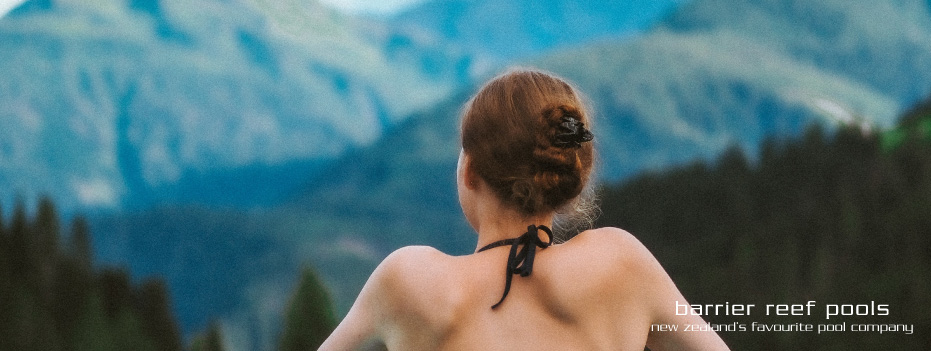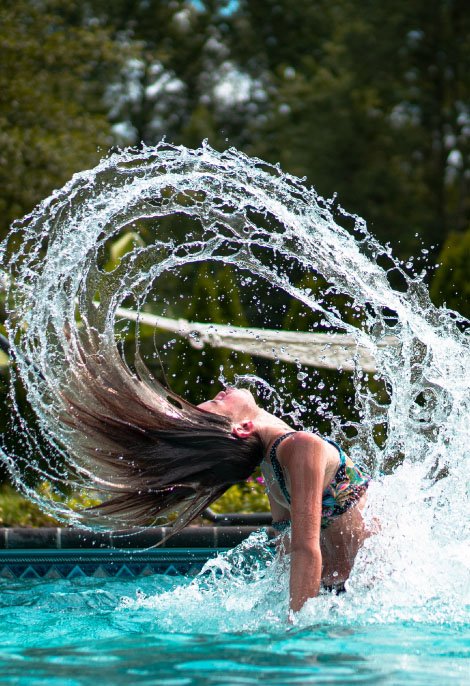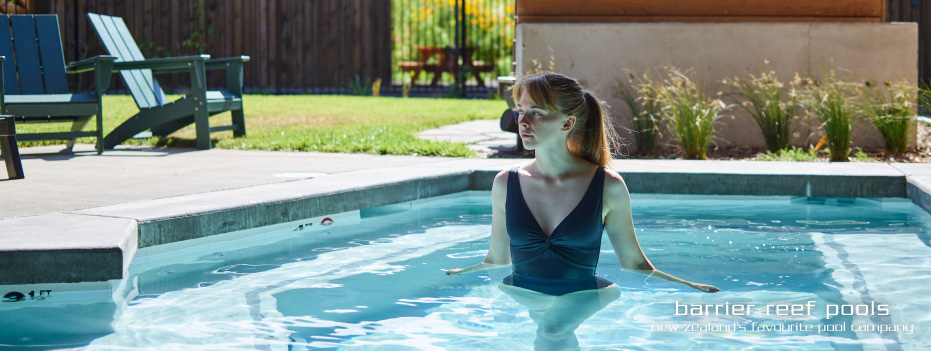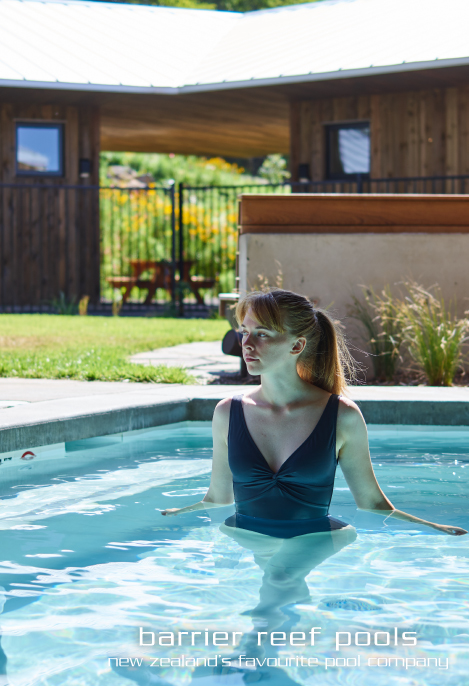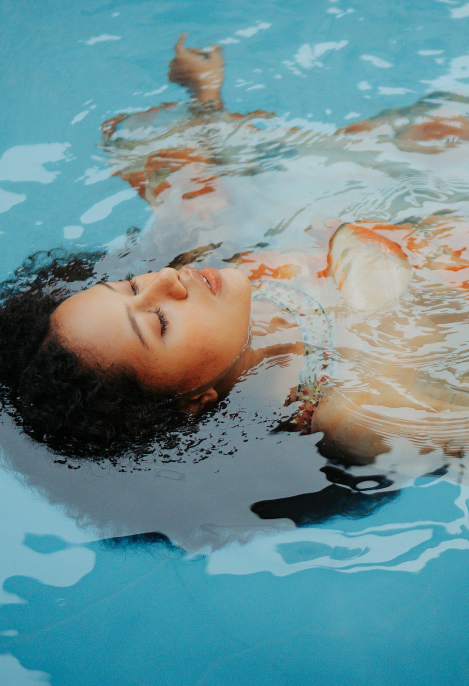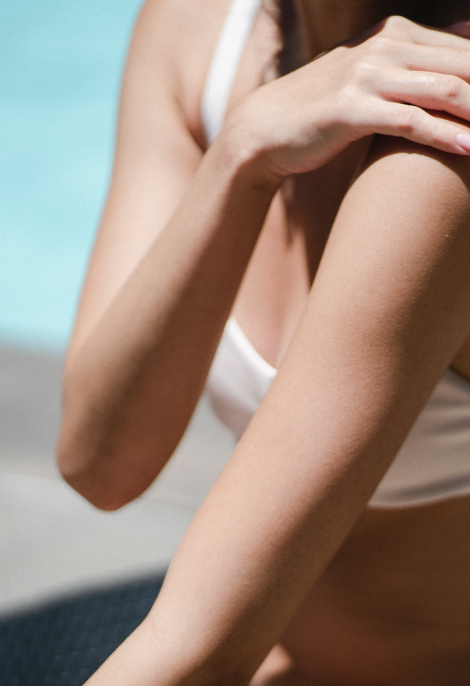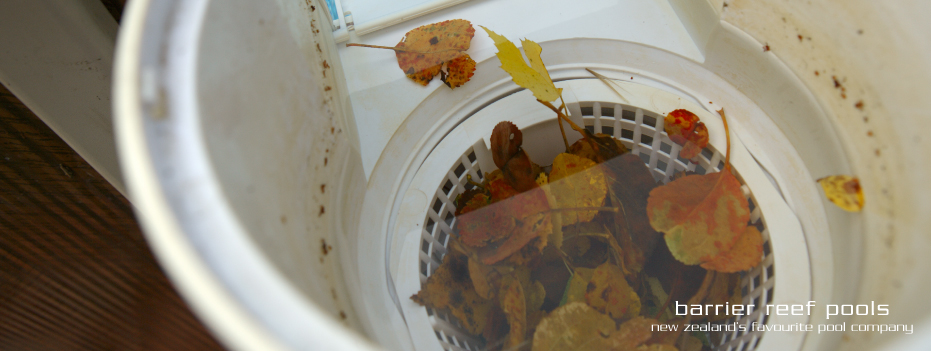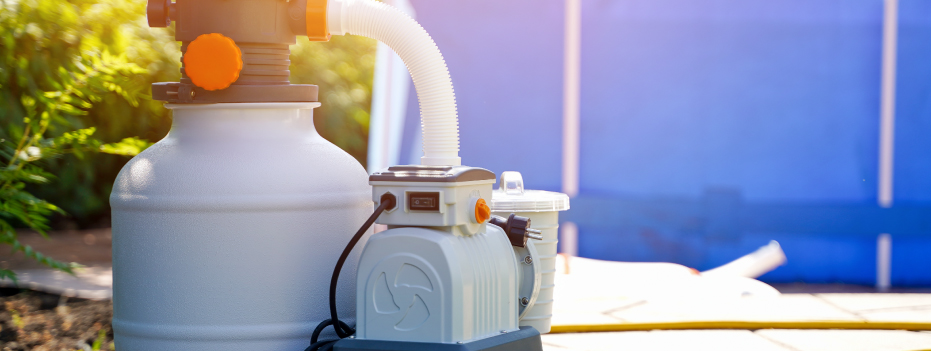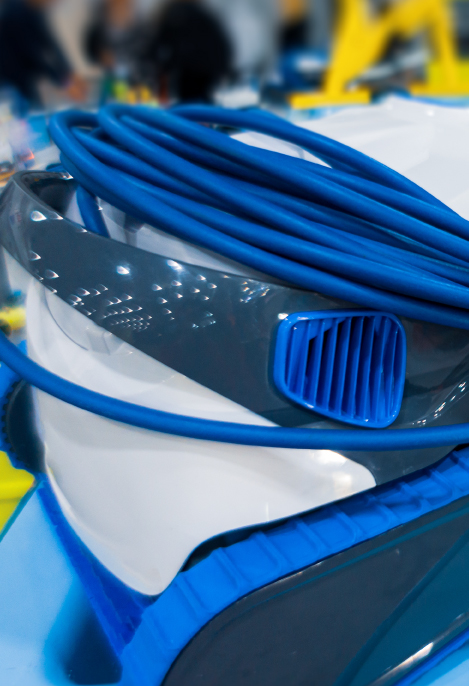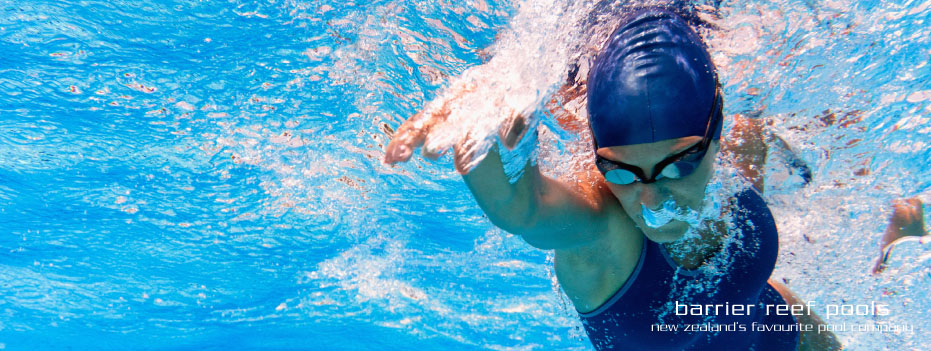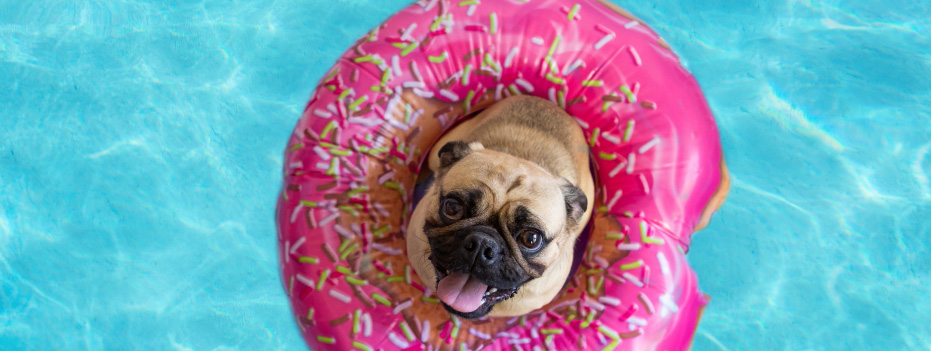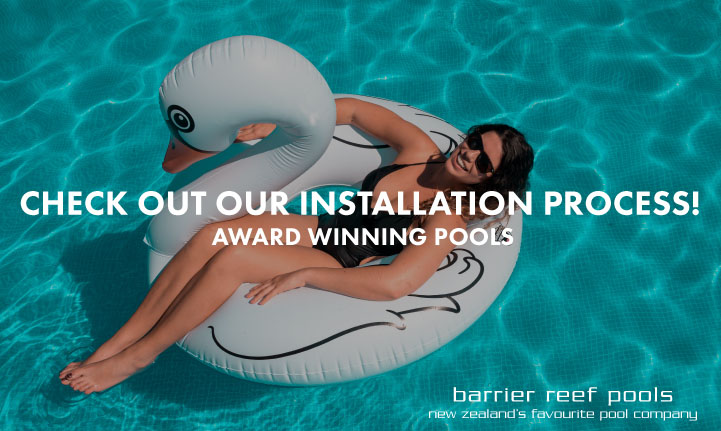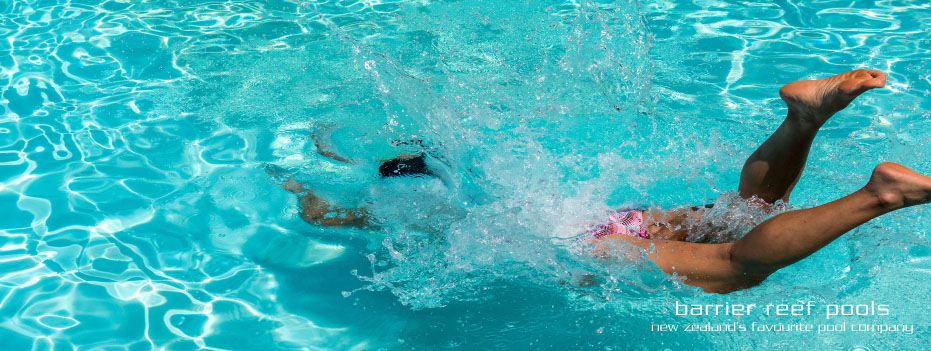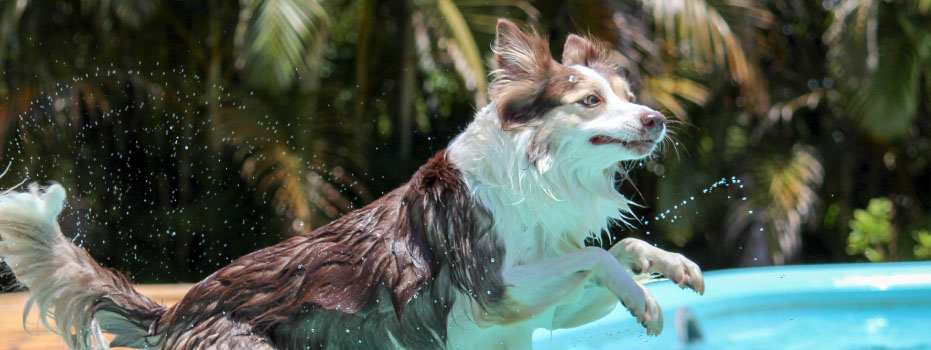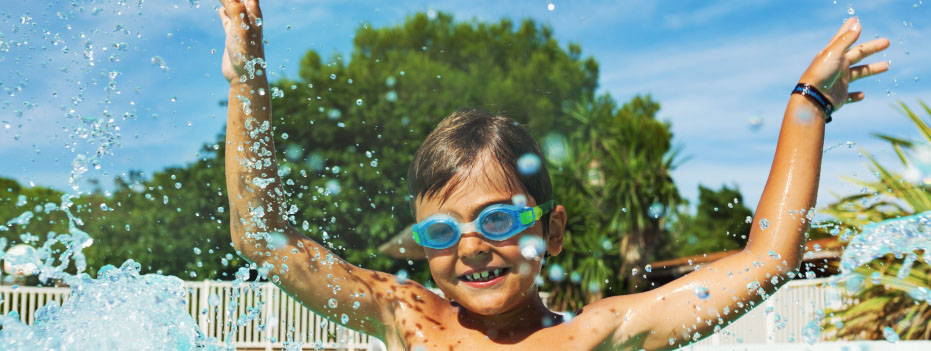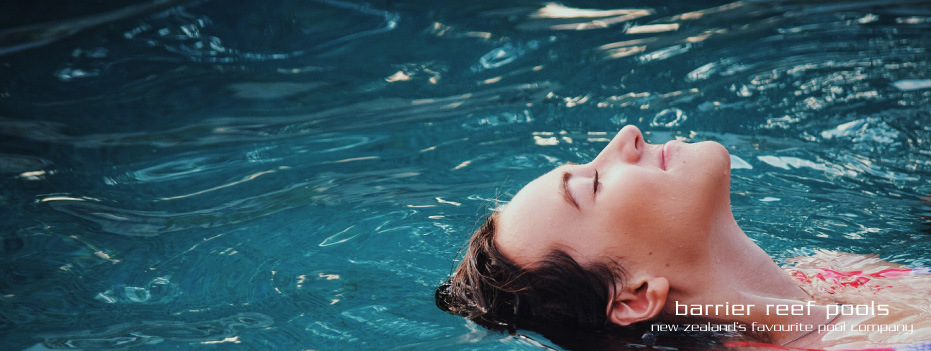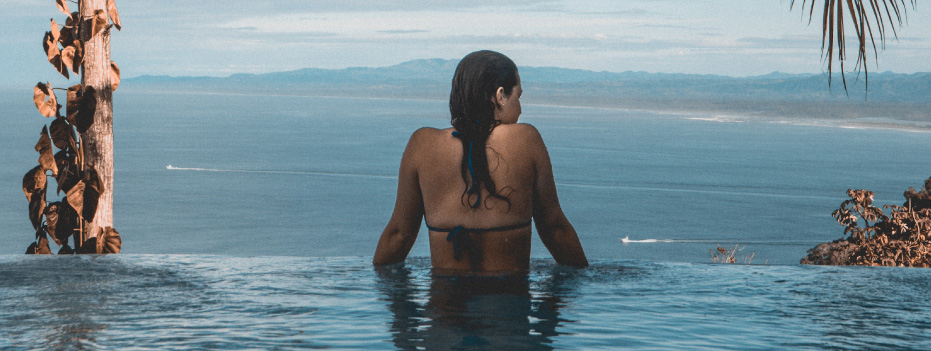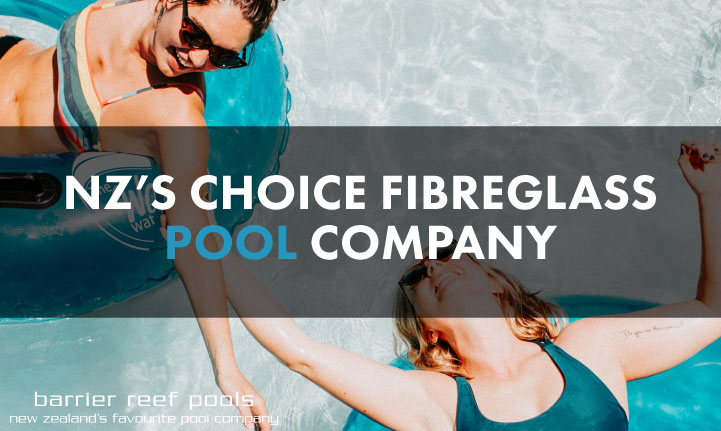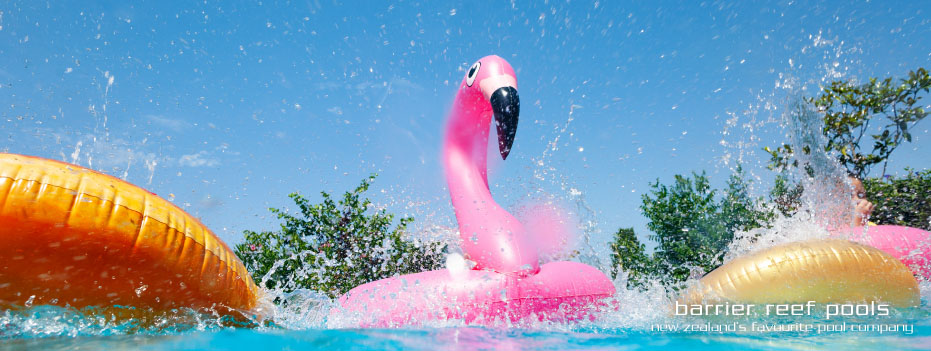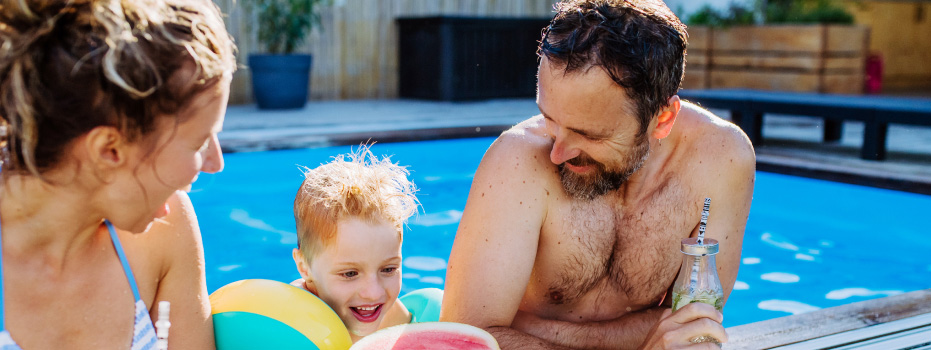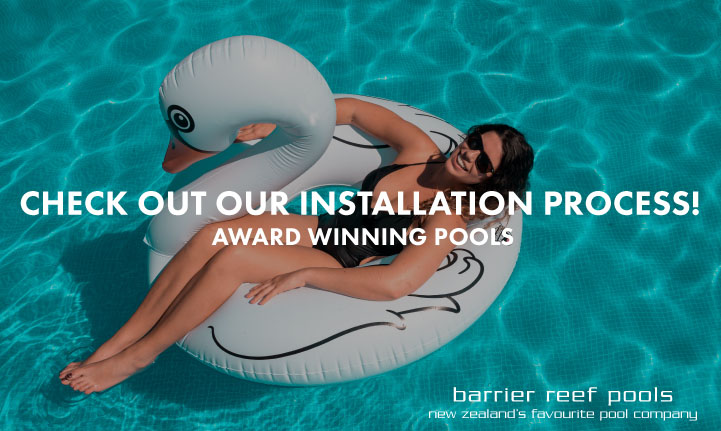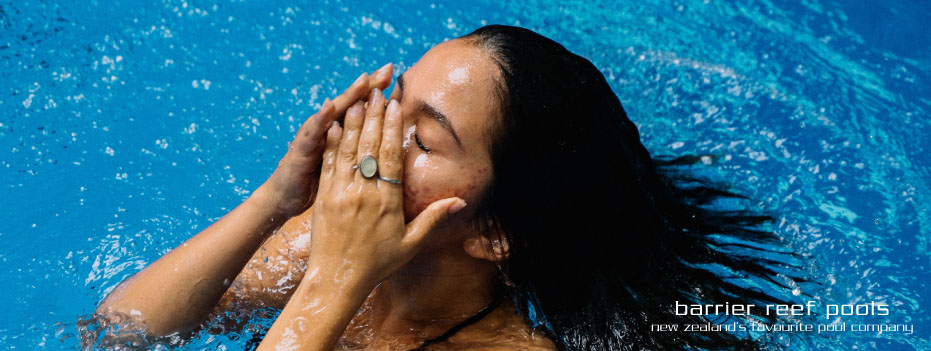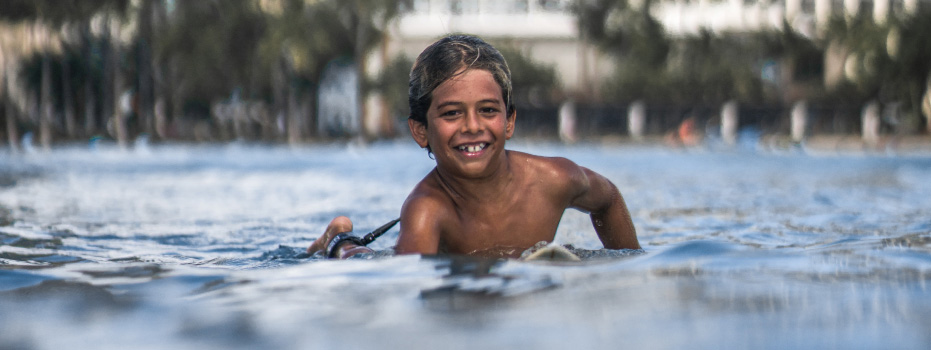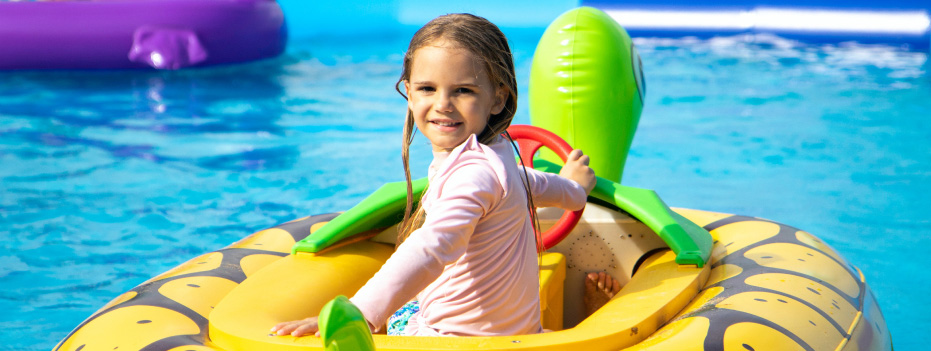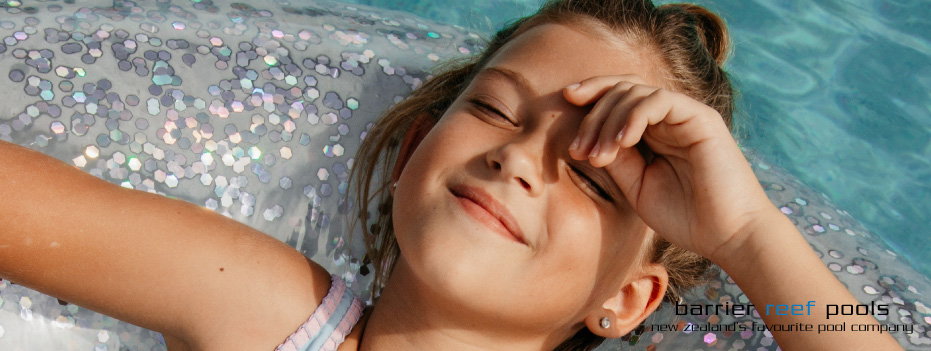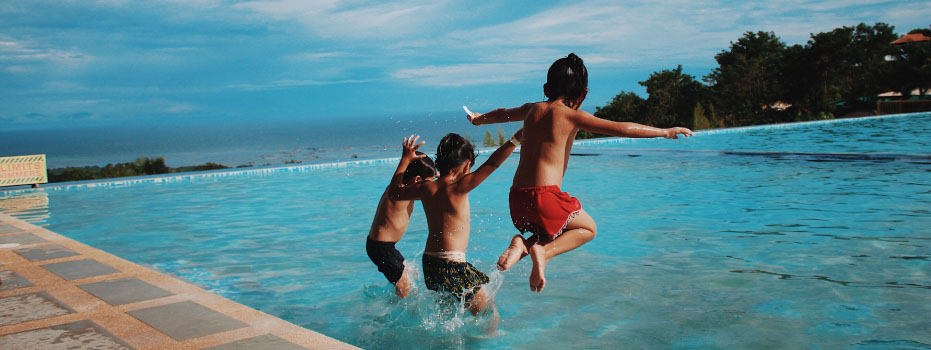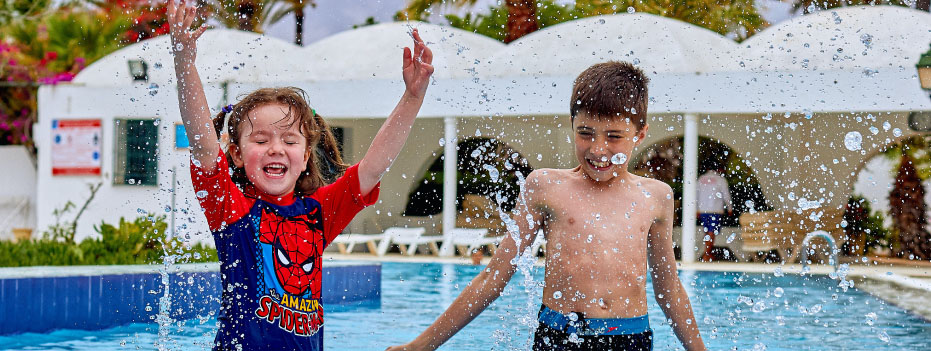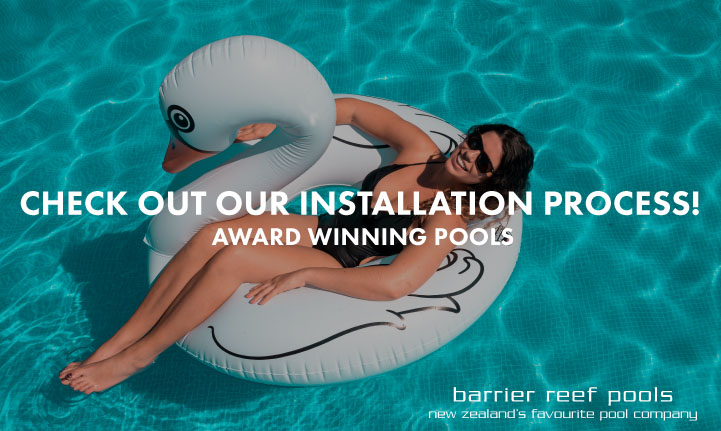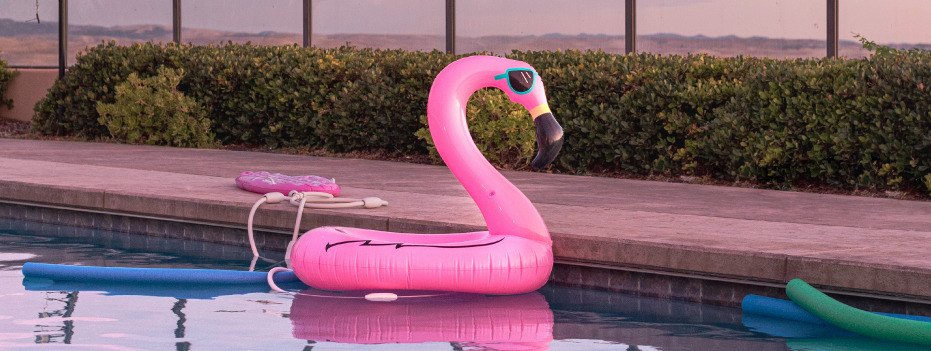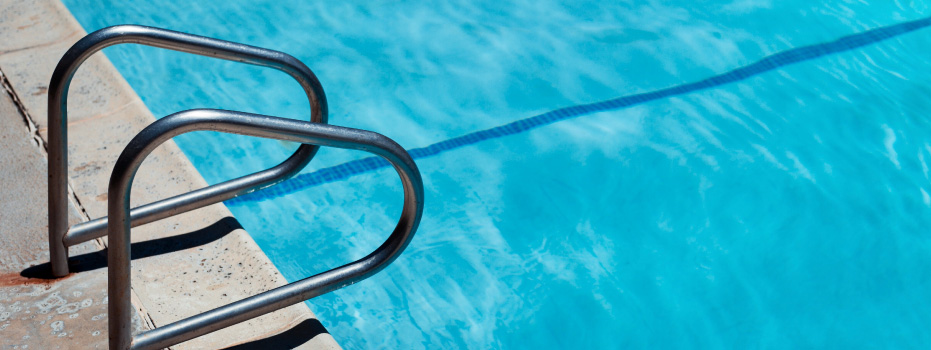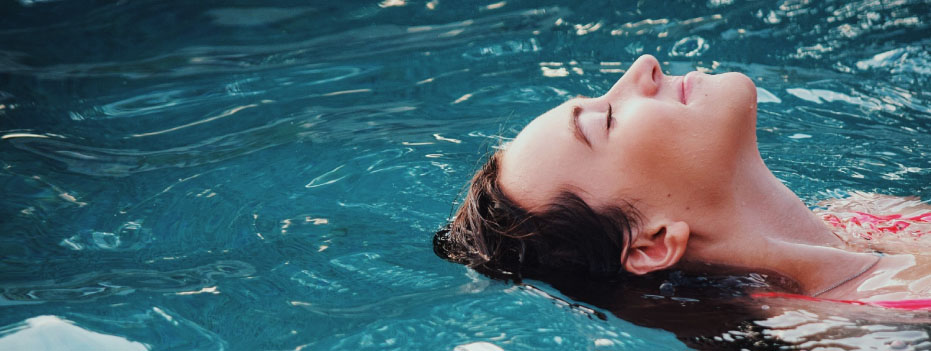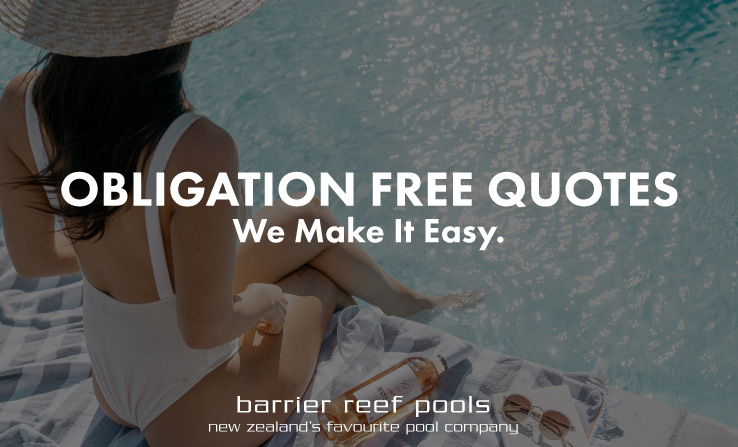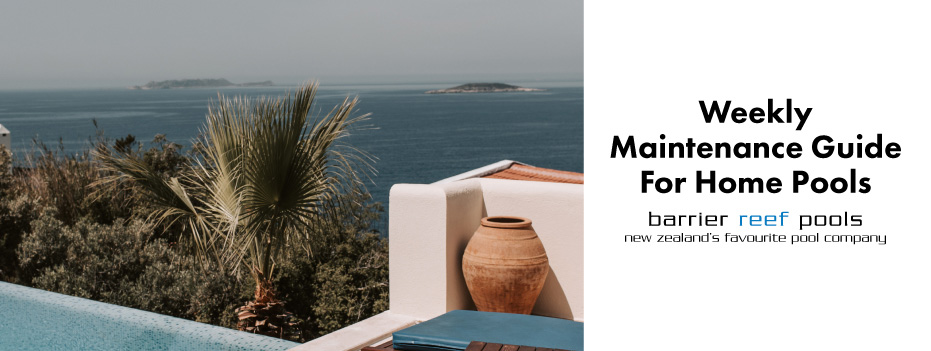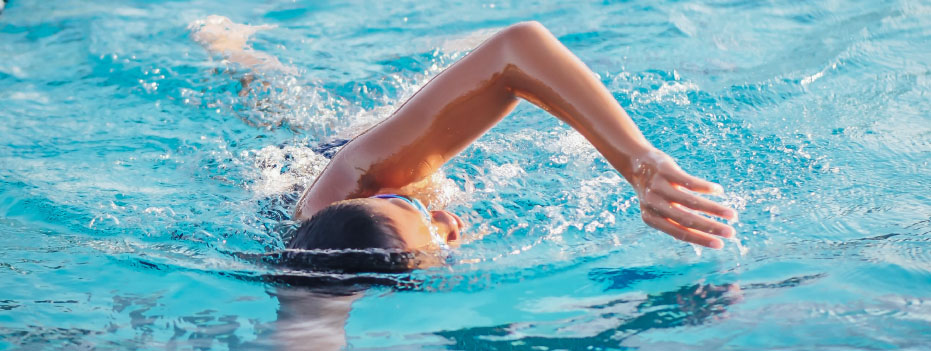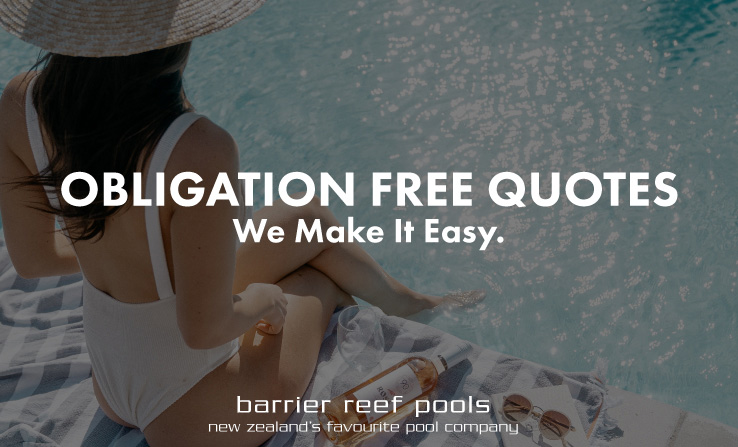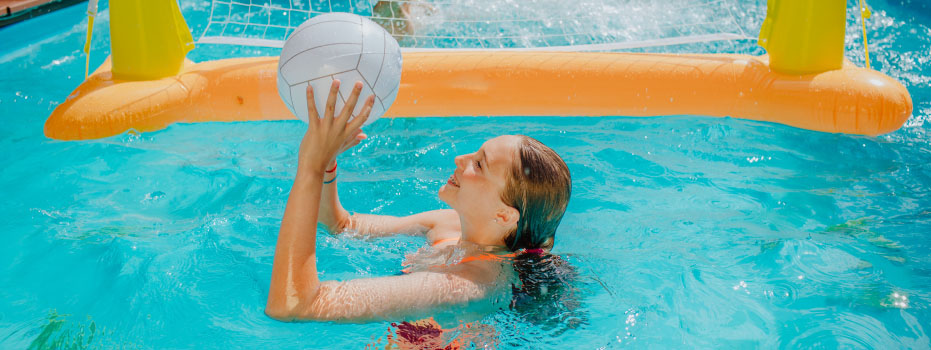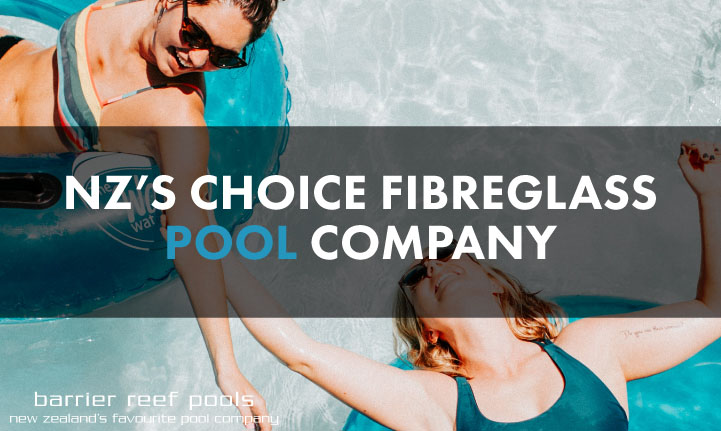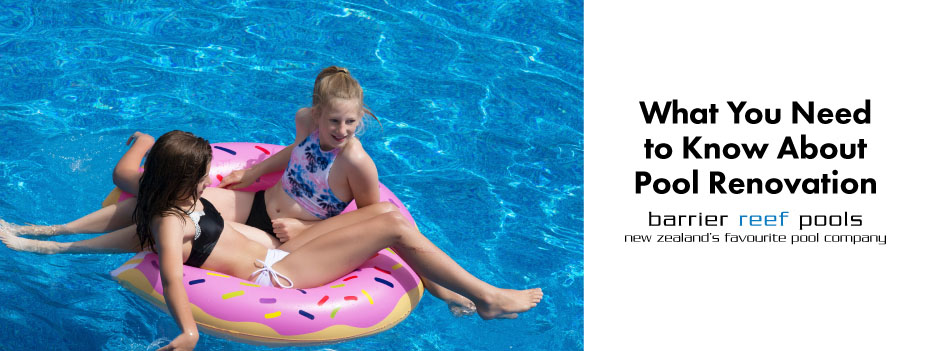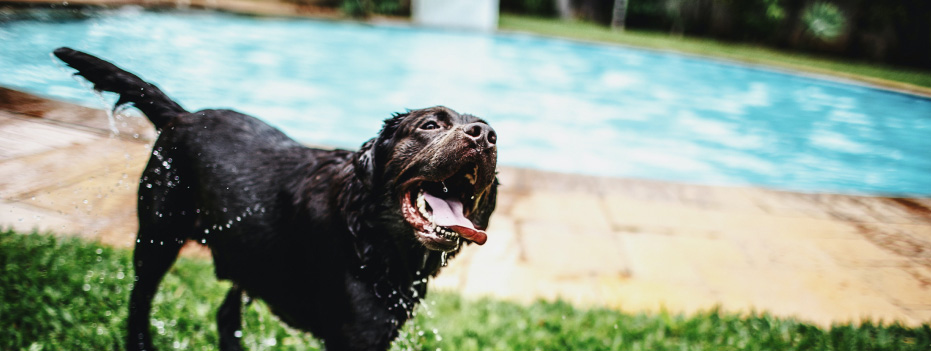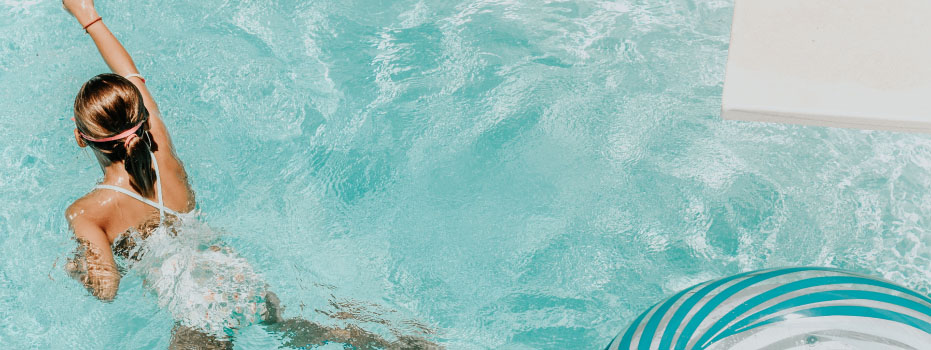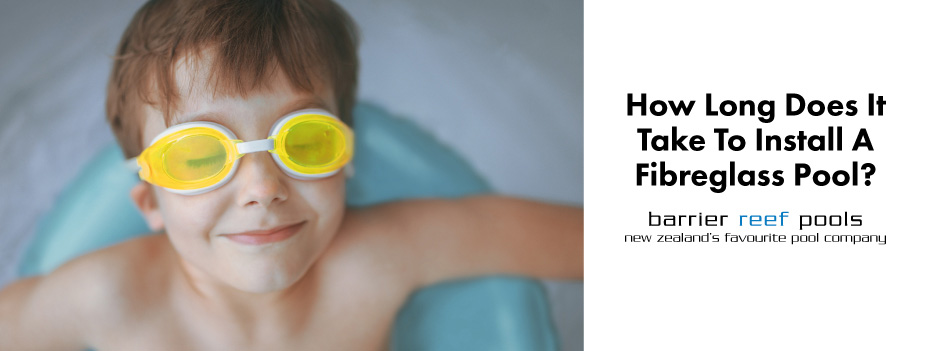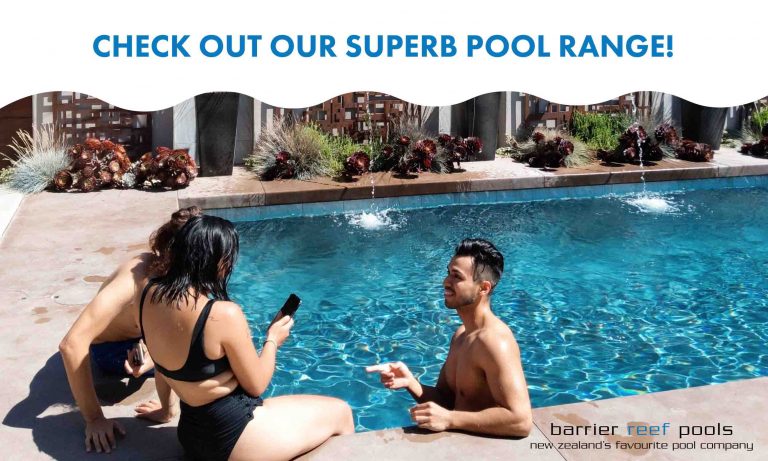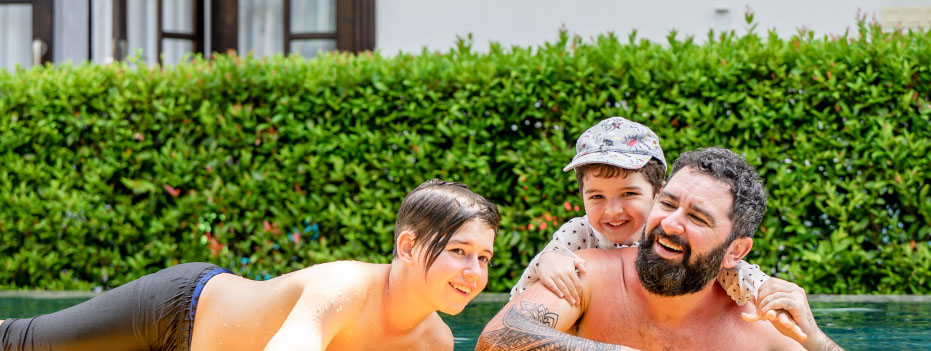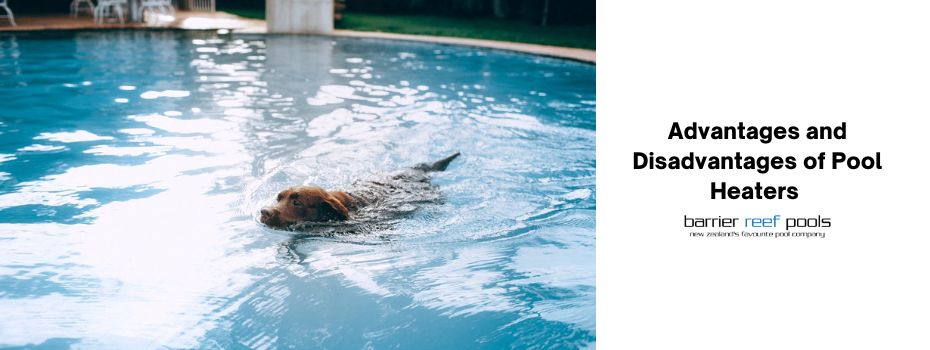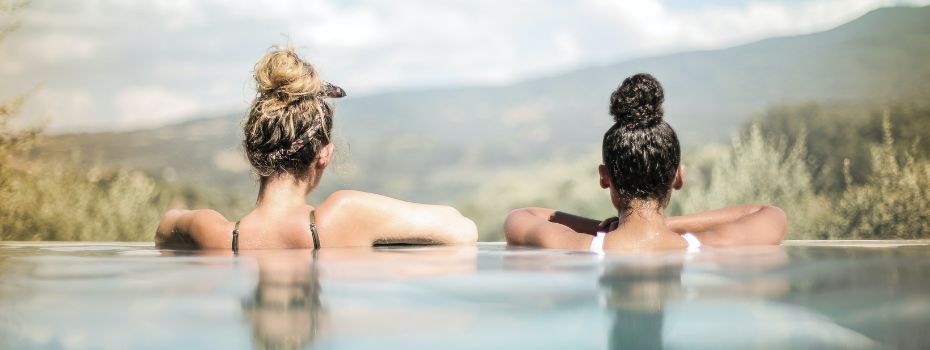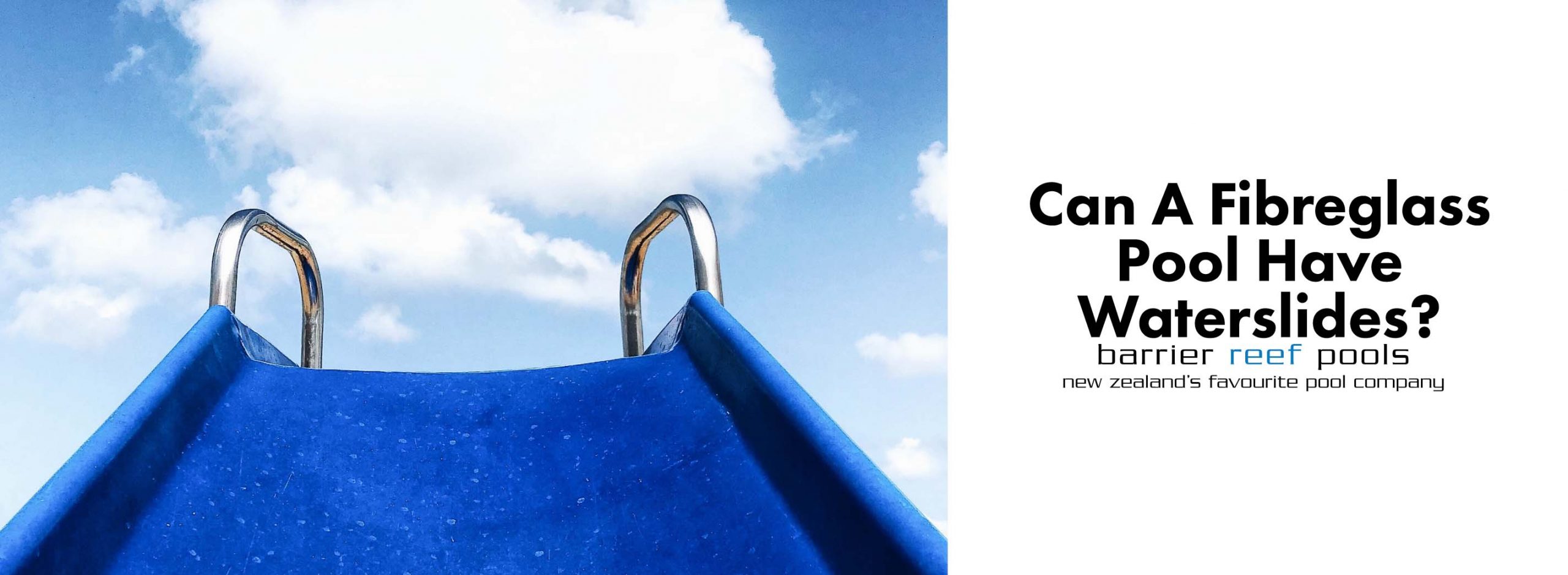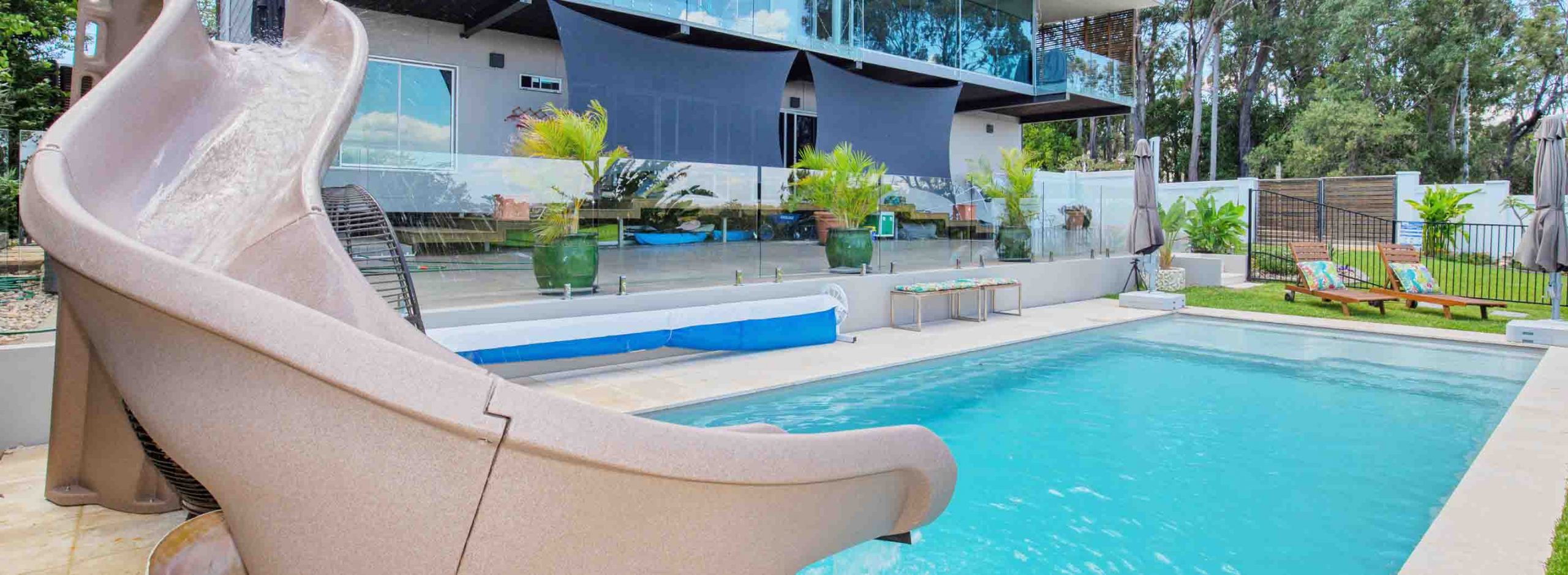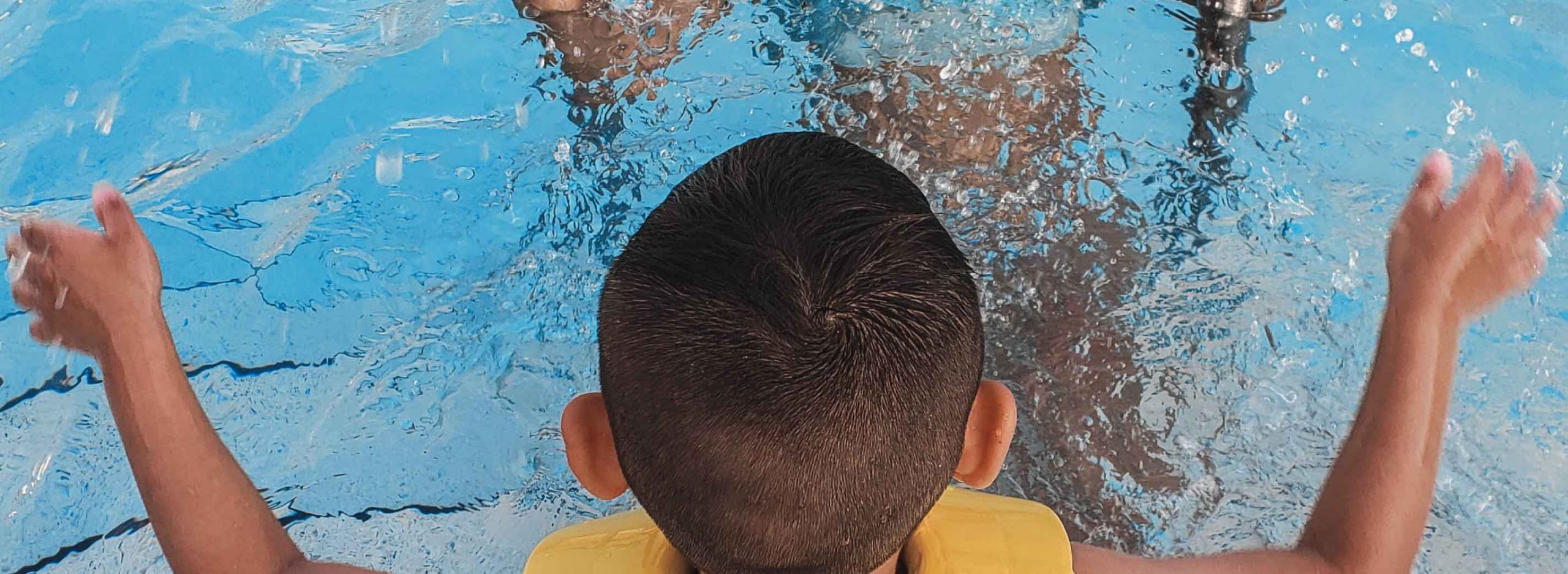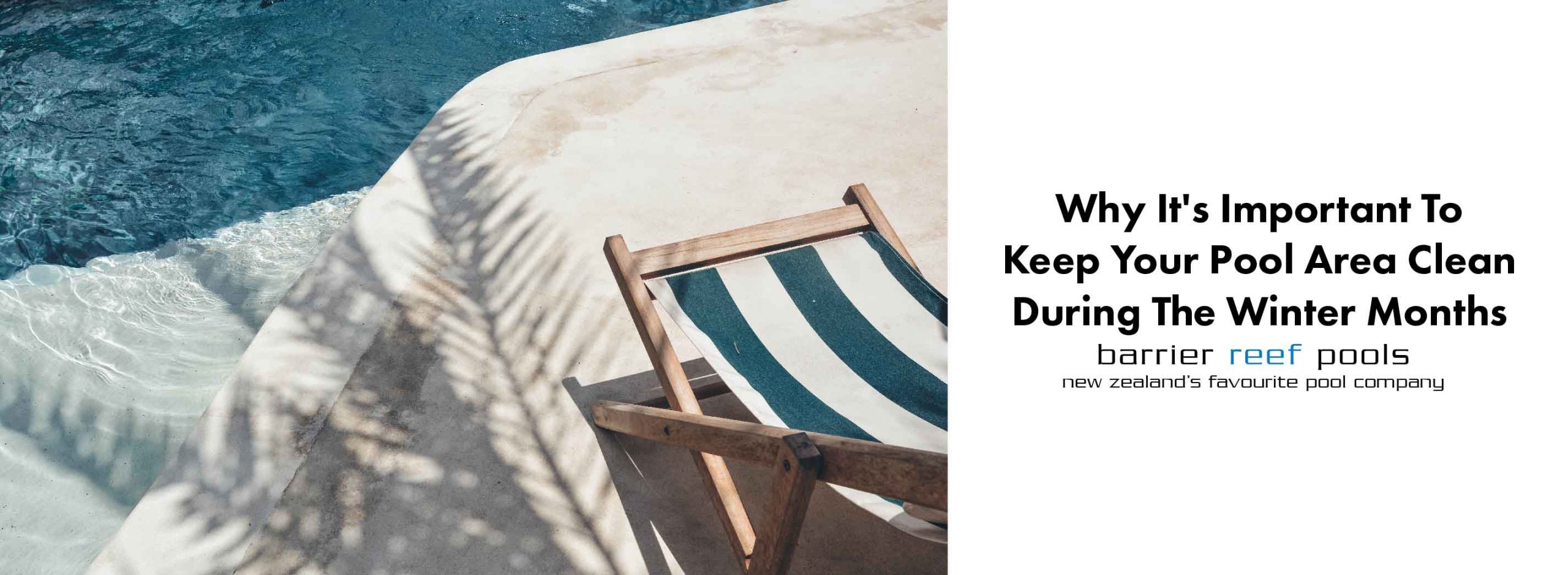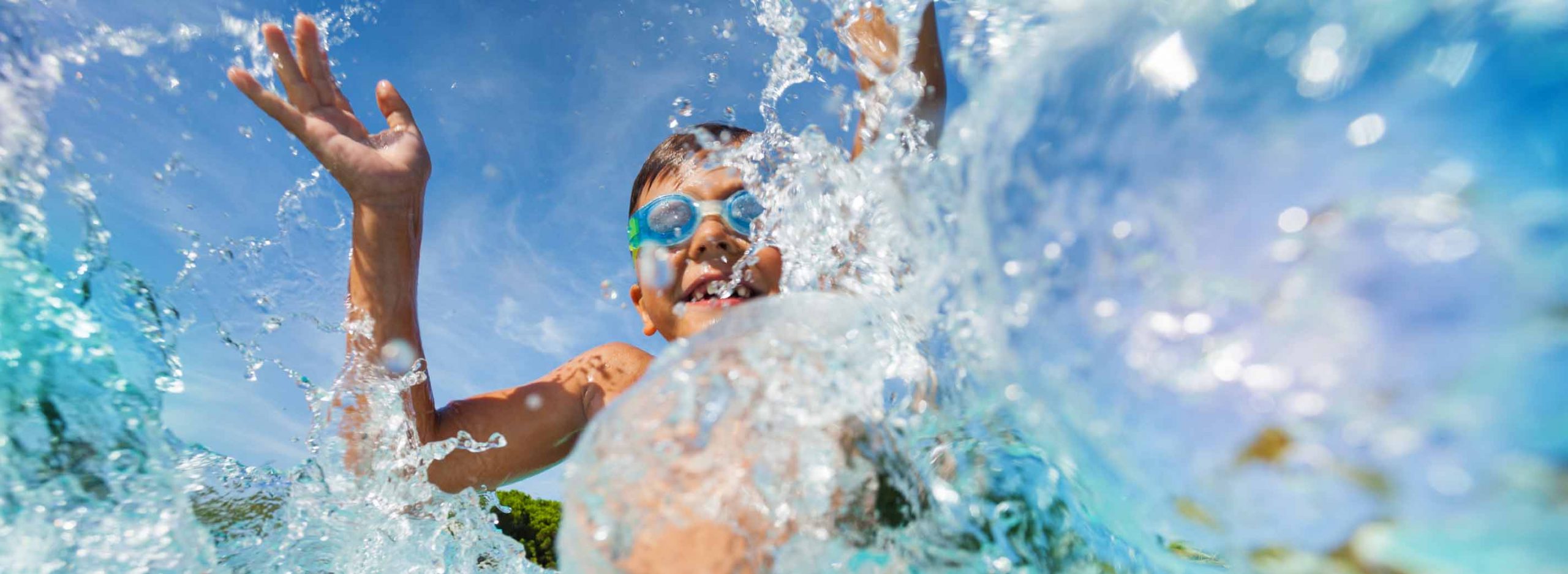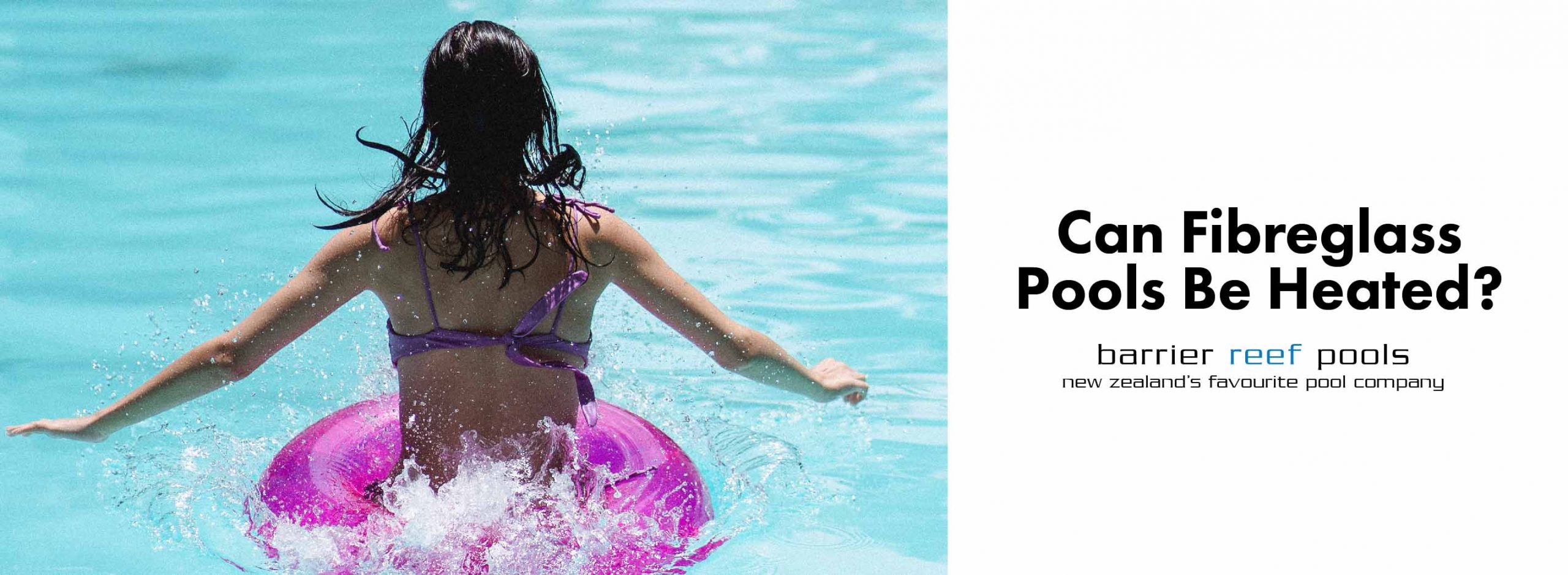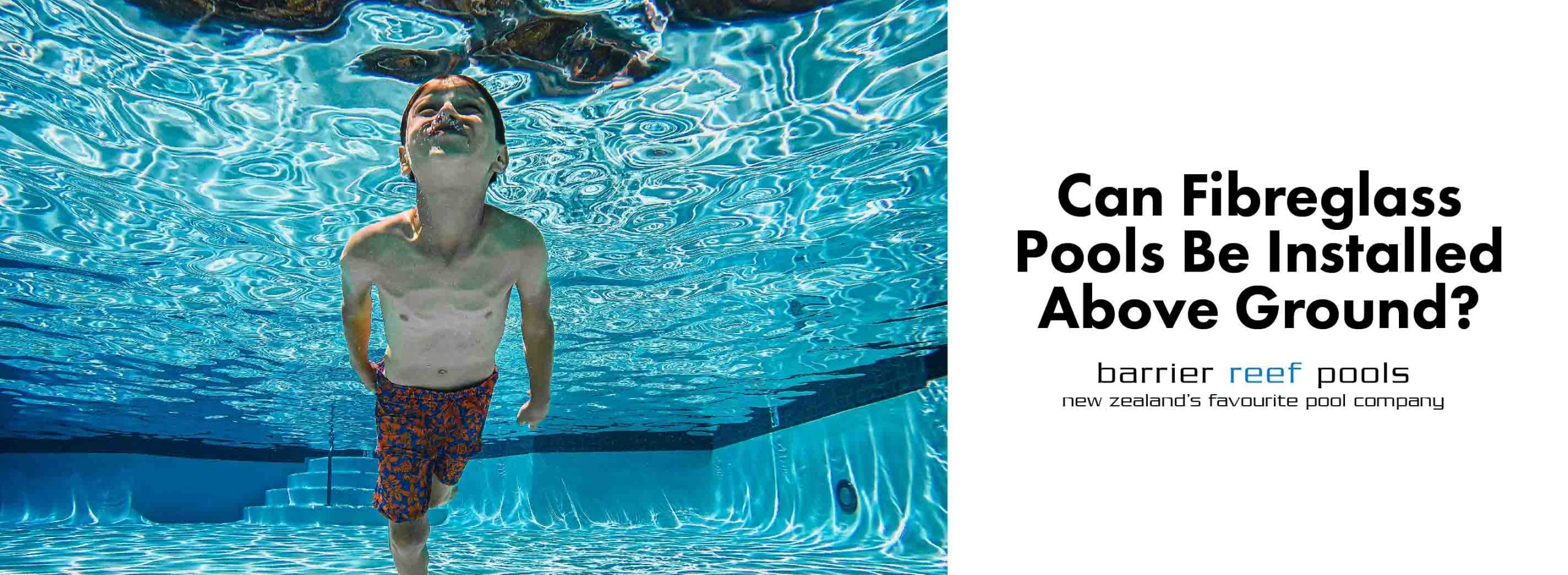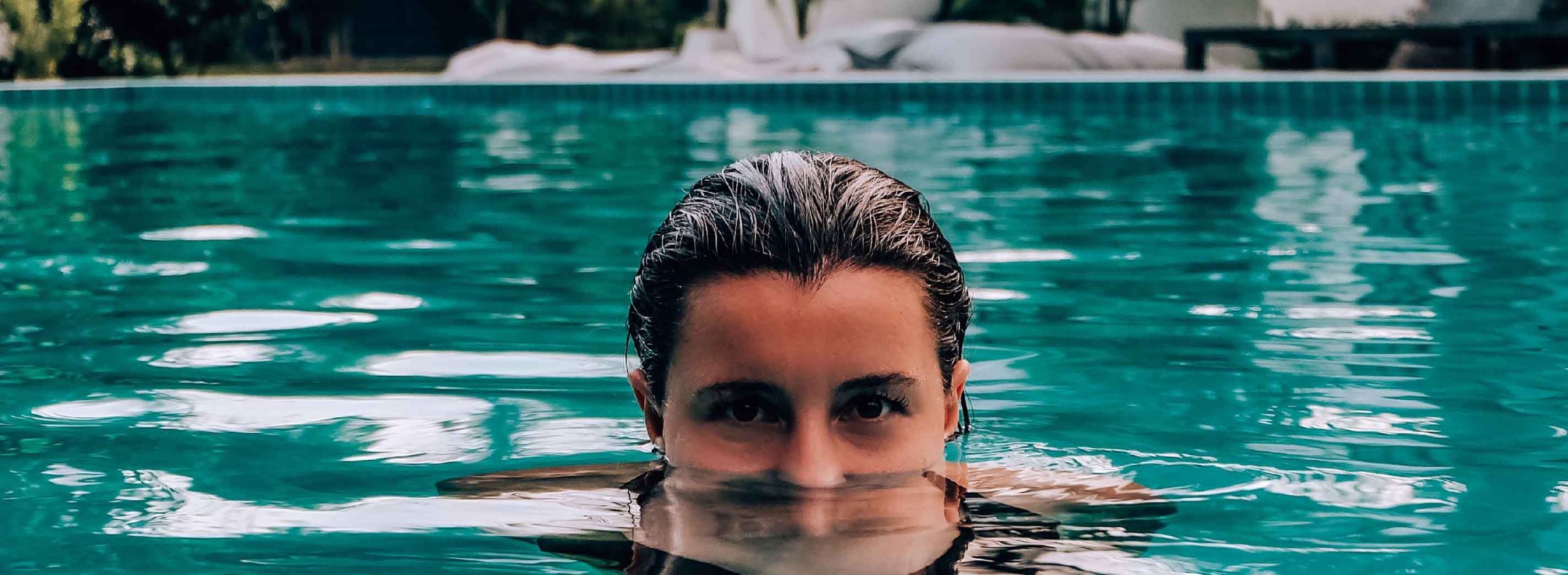Why You Should Never Put Dry Ice In Your Fibreglass Swimming Pool
Chances are, that you've already seen dry ice in action in a movie or a television show. With the help of dry ice, you'll be able to create a white fog, that can give a spooky effect as it dissipated. This is especially perfect for Halloween. If you have a fibreglass pool, you may be thinking about adding dry ice to it next Halloween. Won't that allow you to make your event look even more creepy?
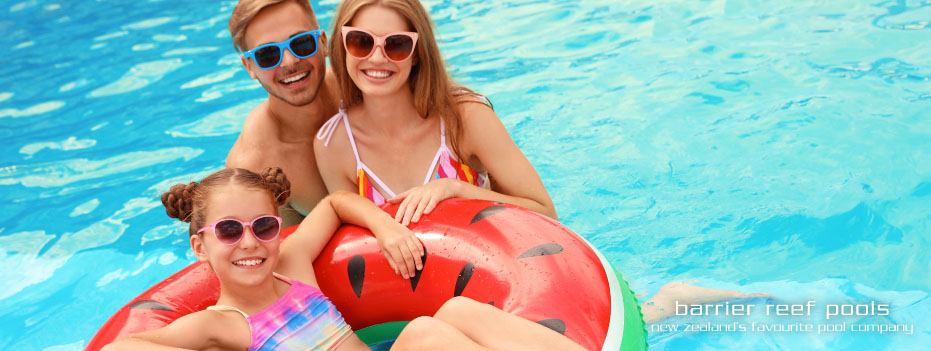
Instead of adding dry ice to a bucket of water, why not just add it directly to the water in your fibreglass pool? Adding dry ice to the water in your fibreglass pool is a really bad idea. It would not only negatively interact with the water chemistry of your pool but could also damage your fibreglass pool. You'll also be putting your friends and family at risk, by exposing them to water that dry ice has been mixed into.
What Exactly Is Dry Ice?
Dry ice is essentially just carbon dioxide in a solid form. It’s what you get when you pressurize carbon dioxide gas at around-78°C. What you’ll get is a solid called dry ice. At room temperature, carbon dioxide acts like a gas. It won’t melt in the same way actual ice would. Instead, what it goes back into the gas form, skipping the liquid form altogether.
With dry ice, you don’t have to worry about puddles or any watery residue, which is why it’s called ‘dry’ ice. Dry ice is mainly used as a cooling agent, which is found in both shipping as well as preserving medicines and foods that are frozen. You’ll also find dry ice used in fog machines, which are in theatres.

How Does Dry Ice React With Warm Water?
When dry ice is put into water that is warm, you’ll get a white fog that forms on top of the water. It will then pour over the sides of the container. Water can also end up carbonating, or it could start to bubble.
With around one pound of dry ice, you’ll be able to get the fog-like effect for around two to three minutes. If the water the dry ice is dipped into is hotter, then the ice will dissipate more quickly. The quantity in question is for generating a very small amount of white fog. Say you want to use your fibreglass pool as a makeshift fog machine. Then you’ll need to invest in hundreds if not thousands of pounds of dry ice.
What Health Hazards Are Associated With Dry Ice?
Dry ice can be dangerous for people, both internally as well as externally. Since dry ice is very cold, it can burn your skin. What you’ll experience is close to frostbite this is why you always need to wear gloves if you want to handle dry ice. If you’re trying to cut dry ice, then you’ll need to wear goggles as well as a face shield.
You should also never add dry ice directly to drinks. This is because you could end up with cryogenic burns down your throat. This also means that people who use your people, with the dry ice in it, will be exposed to dangerous burns as well.
The dry ice comes from carbon dioxide. CO2 is toxic for humans, and breathing in carbon dioxide can lead to suffocation. When you add dry ice directly to the water in your pool, the white fog that’s generated will gather around the heads of the swimmers. This can lead to them falling unconscious or suffocating.
If you have an indoor pool, then you should especially avoid adding dry ice to it. This is because the carbon dioxide that’s released will fill up the enclosed space. This could be dangerous for anyone in the space.
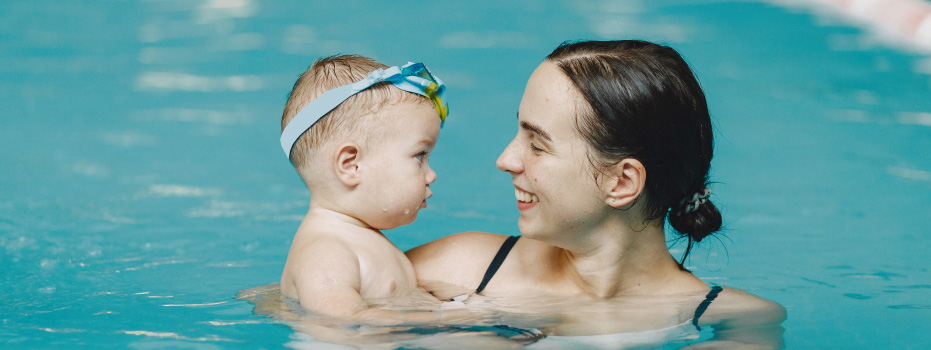
What Happens When A Pool Has Too Much Carbon Dioxide?
If you want the water in your fibreglass swimming pool to be healthy, then you’ll need to maintain its pH level, as well as its alkalinity level. When your pool is filled using dry ice, the CO2 that’s added to the water ends up reacting with the chemicals that are present in the pool water.
What it does, is it raises how acidic the water in the pool is, and reduces its pH levels. This can lead to you experiencing various issues with your pool. These issues include:
- The skin could feel drier as well as itchy.
- The surface of the pool, as well as the liners, could end up damaged. This would cause wear and tear to appear on your pool faster than normal.
- The acidic water can also end up corroding the filtration system of your pool. It can affect both metals as well as plastic. So this can lead to your filter, the screws, and various other components getting damaged. There could also be a buildup of rust or disintegration of the plastic components. If this happens, this can both contaminate as well as discolour the water in your pool.
- If you want your pool to have a good water balance again, you’ll need to add more chemicals to it. If you end up damaging any of the parts of your pool, then this could negatively affect your wallet as well.
That’s why you shouldn’t add dry ice to the water in your swimming pool. Instead, consider renting out a fog machine for special occasions. Not only will it be safer and cheaper, but you can also ensure that the fog lasts for a longer period of time.
Conclusion
Dry ice should never be added to the water in your fibreglass pool. This is because when the dry ice melts, it will release a large amount of CO2 in the pool water. If anyone is in the pool when the dry ice is added to it, their health could be at risk. After adding the dry ice, you also won’t be able to use your fibreglass pool for the rest of the event.
Use this guide to learn all about dry ice, as well as why you should never add it to your pool.
Why You Should Never Put Dry Ice In Your Fibreglass Swimming Pool
Chances are, that you've already seen dry ice in action in a movie or a television show. With the help of dry ice, you'll be able to create a white fog, that can give a spooky effect as it dissipated. This is especially perfect for Halloween. If you have a fibreglass pool, you may be thinking about adding dry ice to it next Halloween. Won't that allow you to make your event look even more creepy?

Instead of adding dry ice to a bucket of water, why not just add it directly to the water in your fibreglass pool? Adding dry ice to the water in your fibreglass pool is a really bad idea. It would not only negatively interact with the water chemistry of your pool but could also damage your fibreglass pool. You'll also be putting your friends and family at risk, by exposing them to water that dry ice has been mixed into.
What Exactly Is Dry Ice?
Dry ice is essentially just carbon dioxide in a solid form. It’s what you get when you pressurize carbon dioxide gas at around-78°C. What you’ll get is a solid called dry ice. At room temperature, carbon dioxide acts like a gas. It won’t melt in the same way actual ice would. Instead, what it goes back into the gas form, skipping the liquid form altogether.
With dry ice, you don’t have to worry about puddles or any watery residue, which is why it’s called ‘dry’ ice. Dry ice is mainly used as a cooling agent, which is found in both shipping as well as preserving medicines and foods that are frozen. You’ll also find dry ice used in fog machines, which are in theatres.

How Does Dry Ice React With Warm Water?
When dry ice is put into water that is warm, you’ll get a white fog that forms on top of the water. It will then pour over the sides of the container. Water can also end up carbonating, or it could start to bubble.
With around one pound of dry ice, you’ll be able to get the fog-like effect for around two to three minutes. If the water the dry ice is dipped into is hotter, then the ice will dissipate more quickly. The quantity in question is for generating a very small amount of white fog. Say you want to use your fibreglass pool as a makeshift fog machine. Then you’ll need to invest in hundreds if not thousands of pounds of dry ice.
What Health Hazards Are Associated With Dry Ice?
Dry ice can be dangerous for people, both internally as well as externally. Since dry ice is very cold, it can burn your skin. What you’ll experience is close to frostbite this is why you always need to wear gloves if you want to handle dry ice. If you’re trying to cut dry ice, then you’ll need to wear goggles as well as a face shield.
You should also never add dry ice directly to drinks. This is because you could end up with cryogenic burns down your throat. This also means that people who use your people, with the dry ice in it, will be exposed to dangerous burns as well.
The dry ice comes from carbon dioxide. CO2 is toxic for humans, and breathing in carbon dioxide can lead to suffocation. When you add dry ice directly to the water in your pool, the white fog that’s generated will gather around the heads of the swimmers. This can lead to them falling unconscious or suffocating.
If you have an indoor pool, then you should especially avoid adding dry ice to it. This is because the carbon dioxide that’s released will fill up the enclosed space. This could be dangerous for anyone in the space.
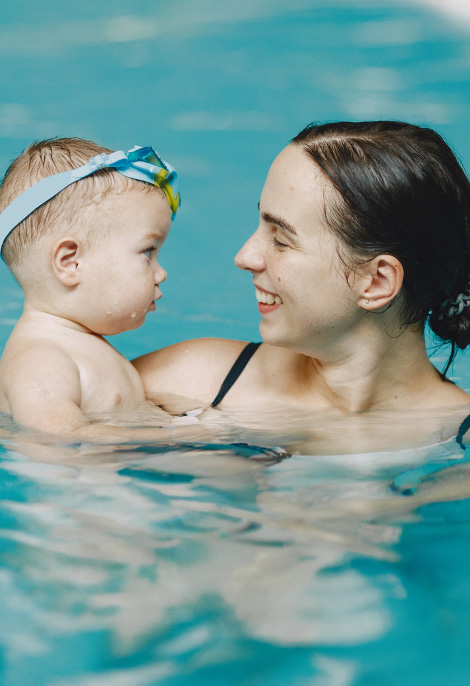
What Happens When A Pool Has Too Much Carbon Dioxide?
If you want the water in your fibreglass swimming pool to be healthy, then you’ll need to maintain its pH level, as well as its alkalinity level. When your pool is filled using dry ice, the CO2 that’s added to the water ends up reacting with the chemicals that are present in the pool water.
What it does, is it raises how acidic the water in the pool is, and reduces its pH levels. This can lead to you experiencing various issues with your pool. These issues include:
- The skin could feel drier as well as itchy.
- The surface of the pool, as well as the liners, could end up damaged. This would cause wear and tear to appear on your pool faster than normal.
- The acidic water can also end up corroding the filtration system of your pool. It can affect both metals as well as plastic. So this can lead to your filter, the screws, and various other components getting damaged. There could also be a buildup of rust or disintegration of the plastic components. If this happens, this can both contaminate as well as discolour the water in your pool.
- If you want your pool to have a good water balance again, you’ll need to add more chemicals to it. If you end up damaging any of the parts of your pool, then this could negatively affect your wallet as well.
That’s why you shouldn’t add dry ice to the water in your swimming pool. Instead, consider renting out a fog machine for special occasions. Not only will it be safer and cheaper, but you can also ensure that the fog lasts for a longer period of time.
Conclusion
Dry ice should never be added to the water in your fibreglass pool. This is because when the dry ice melts, it will release a large amount of CO2 in the pool water. If anyone is in the pool when the dry ice is added to it, their health could be at risk. After adding the dry ice, you also won’t be able to use your fibreglass pool for the rest of the event.
Use this guide to learn all about dry ice, as well as why you should never add it to your pool.

